Office Divided. 2020.
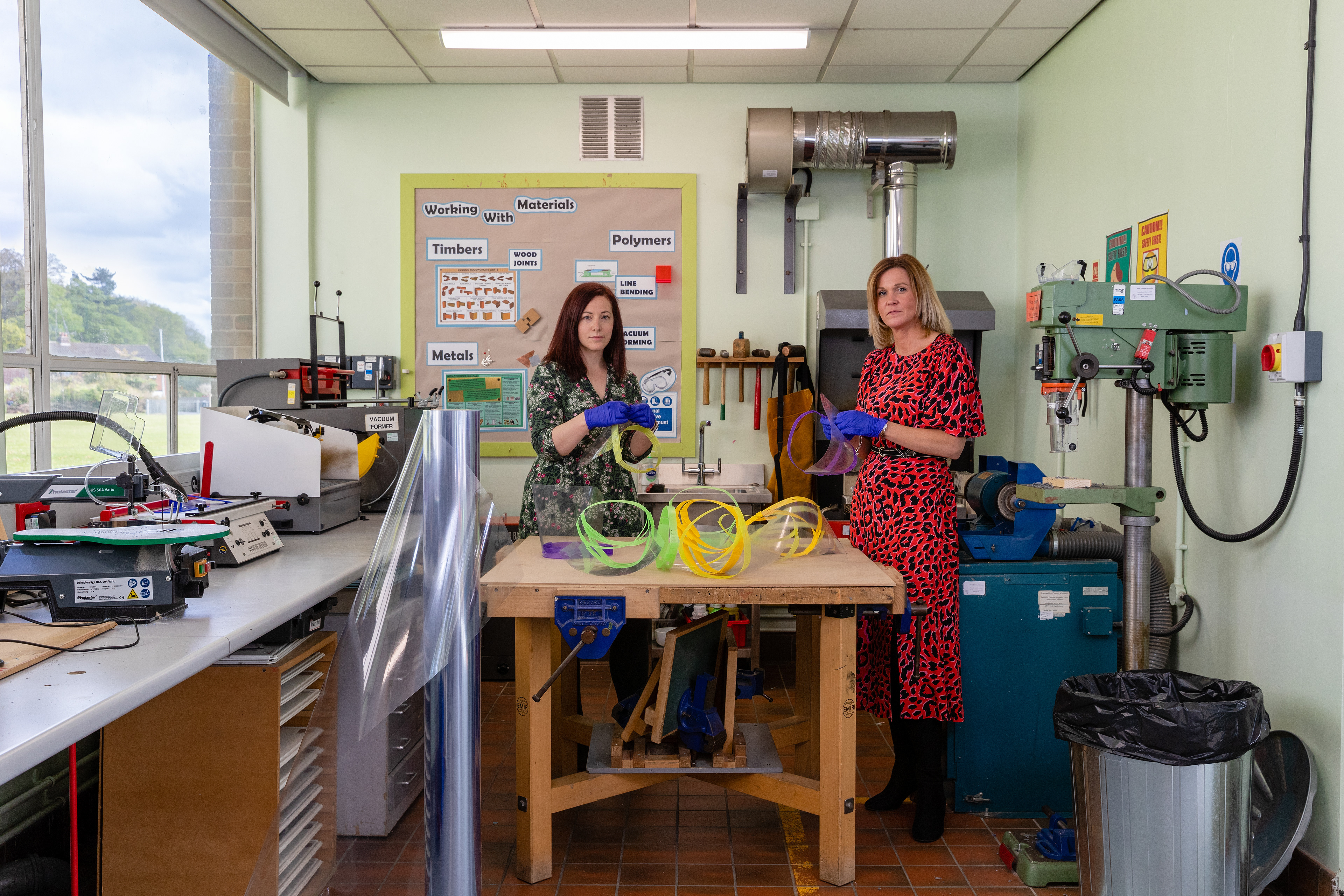

Design for NHS Face Visors for Cutting Out On a Laser Cutter. *2021.
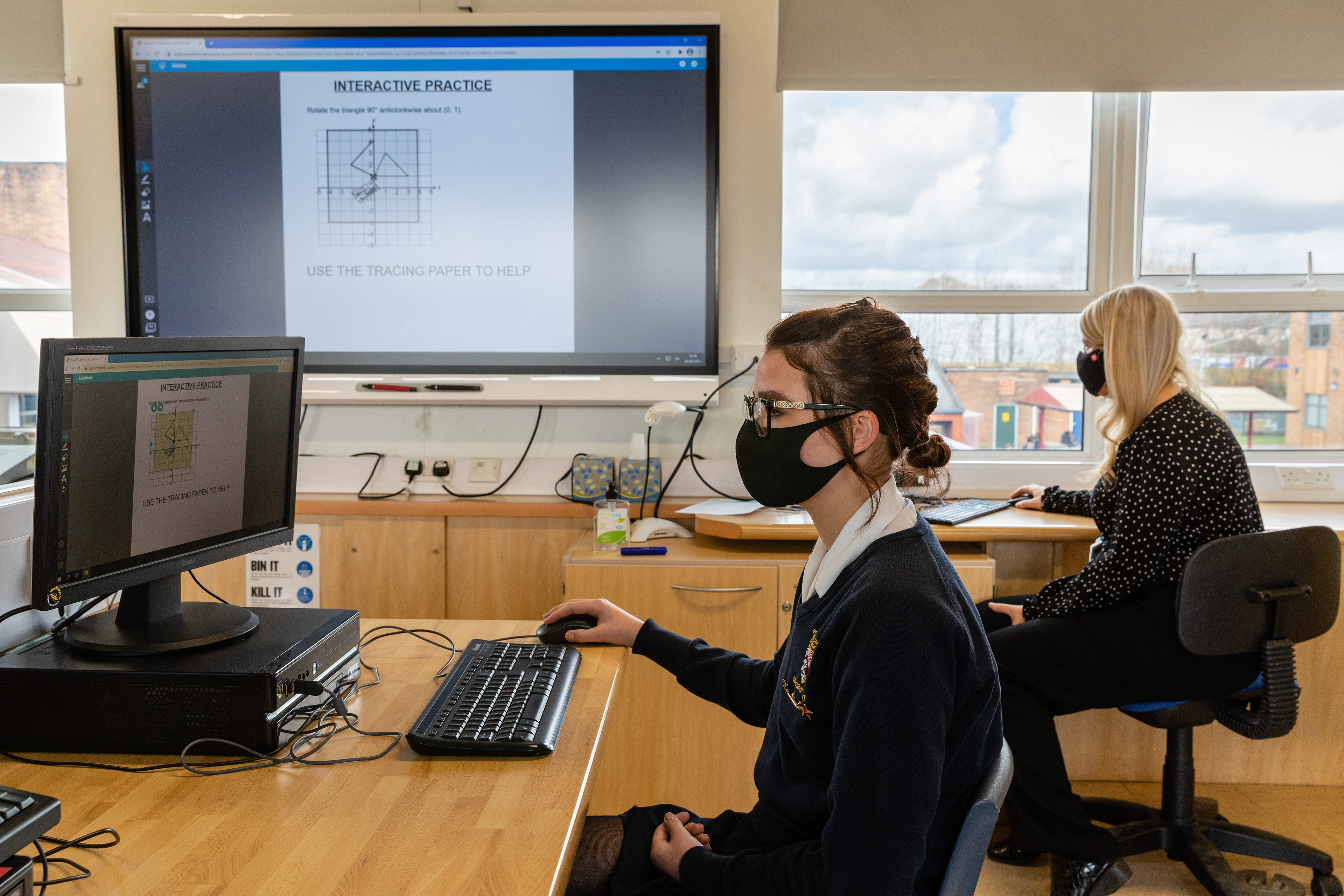

Mrs Pomeroy, Headteacher, at Her Desk in Autumn. Lancashire, North West England. 2020.
Mrs Pomeroy's Office. *2021.
Terr[or]cotta: Red Tiles in Mr O'Neill's Office. 2020.

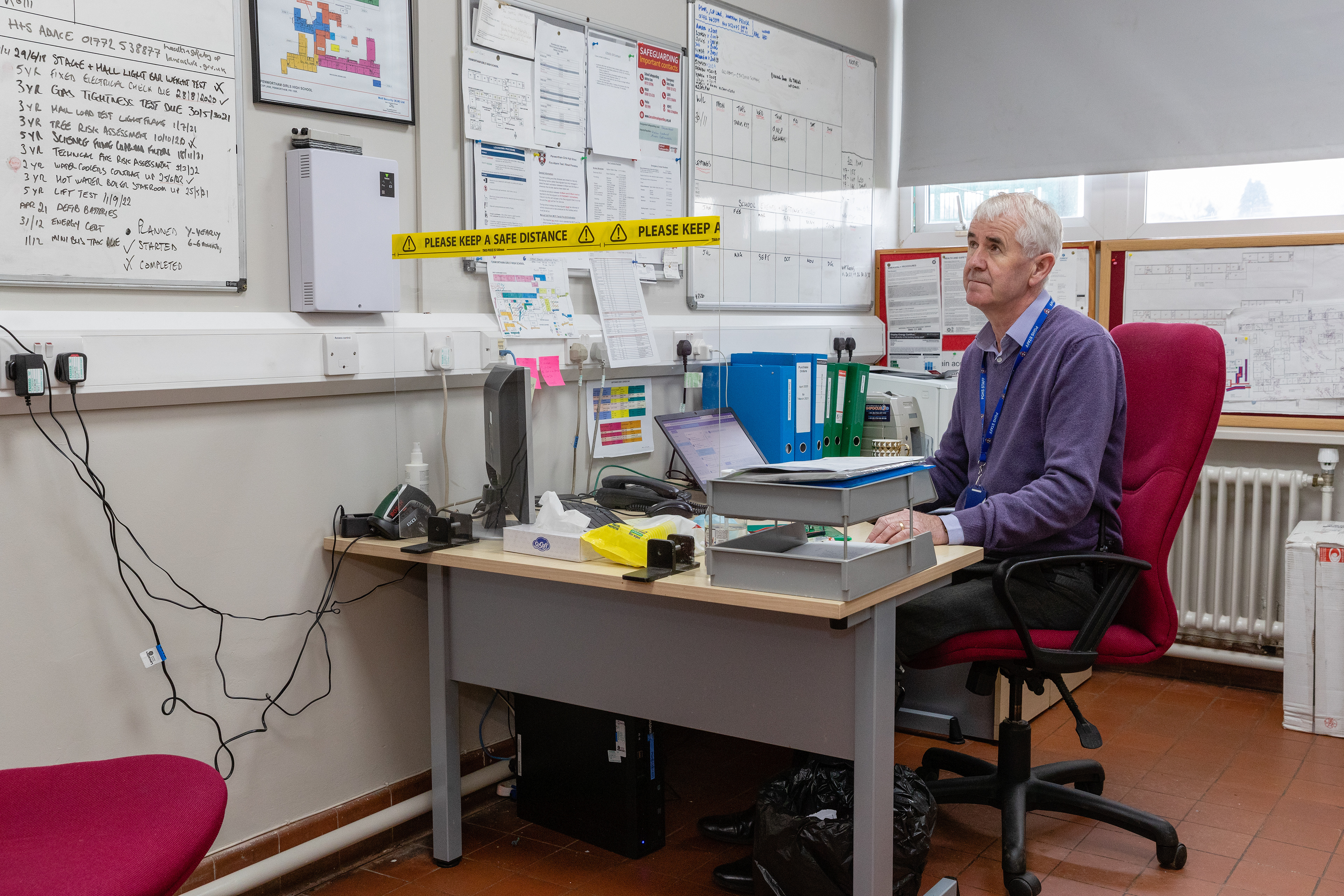
Whole School Opening Plan. *2021.
Segregated Yard in Summer. 2020.
© BBC
© BBC
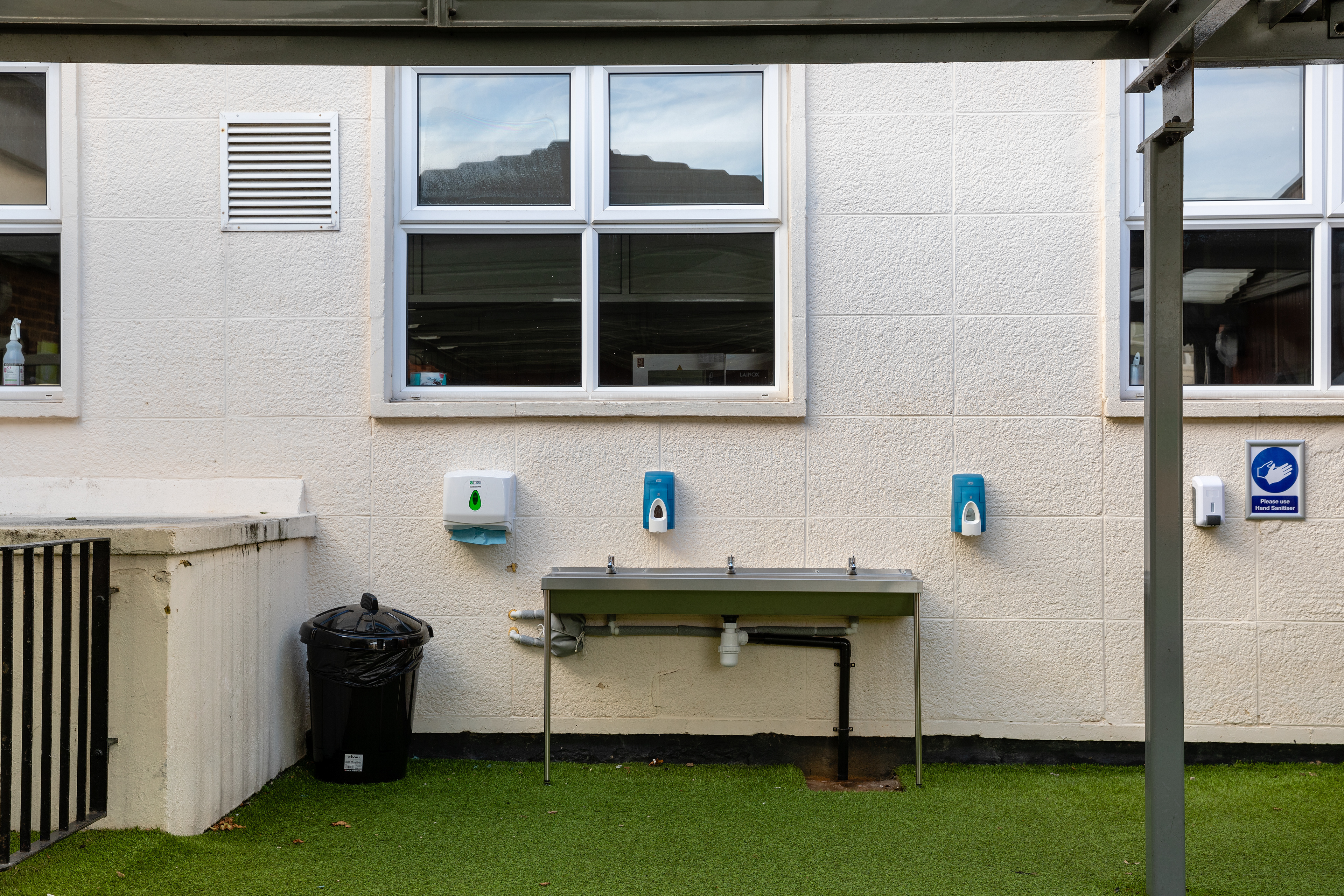
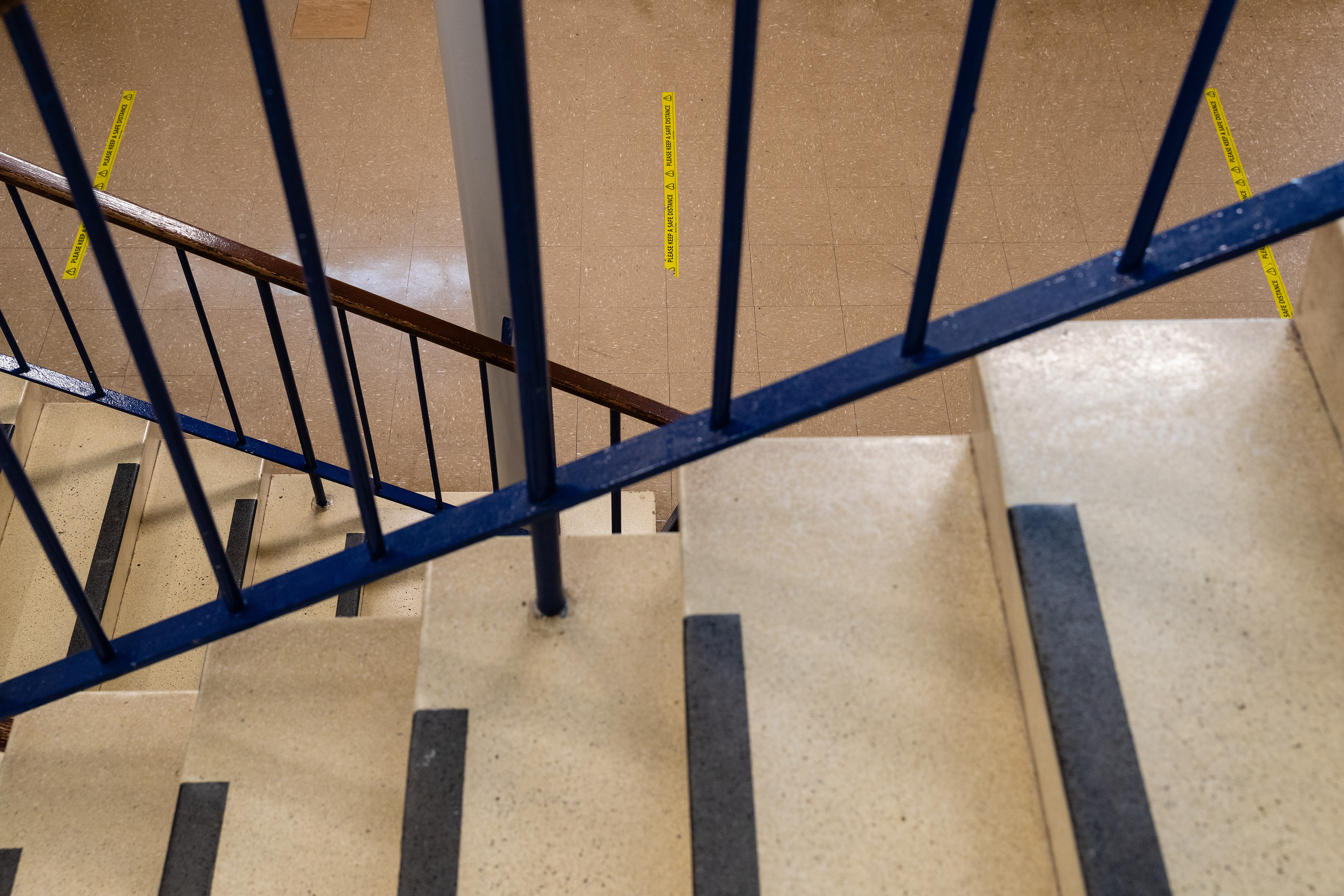
On The Case. Senior Assistant Headteacher's Mr Ramsdale and Mr Ward. 2020.
Get Up Stand Up. Mr Mellor and Mr Owen in the ICT Room. 2020.
Steven and Mark talk about building a network to sustain remote working, stripping computers from classrooms so that students could work remotely, Toots and The Maytals, and a Northern revolt. Recorded in the ICT Room on Friday 22 April 2022.
Segregated Yard in Autumn (Variation). 2020.
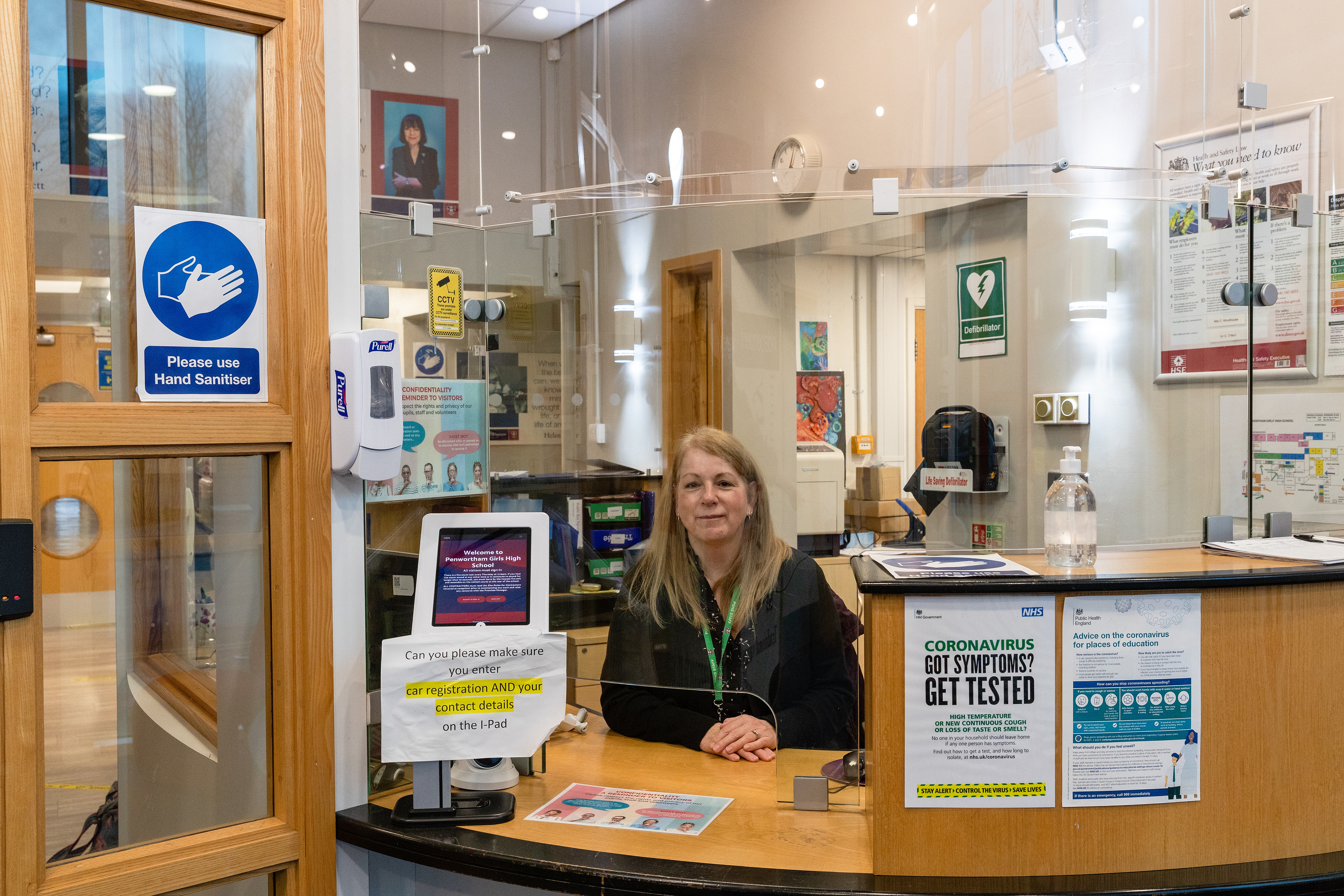
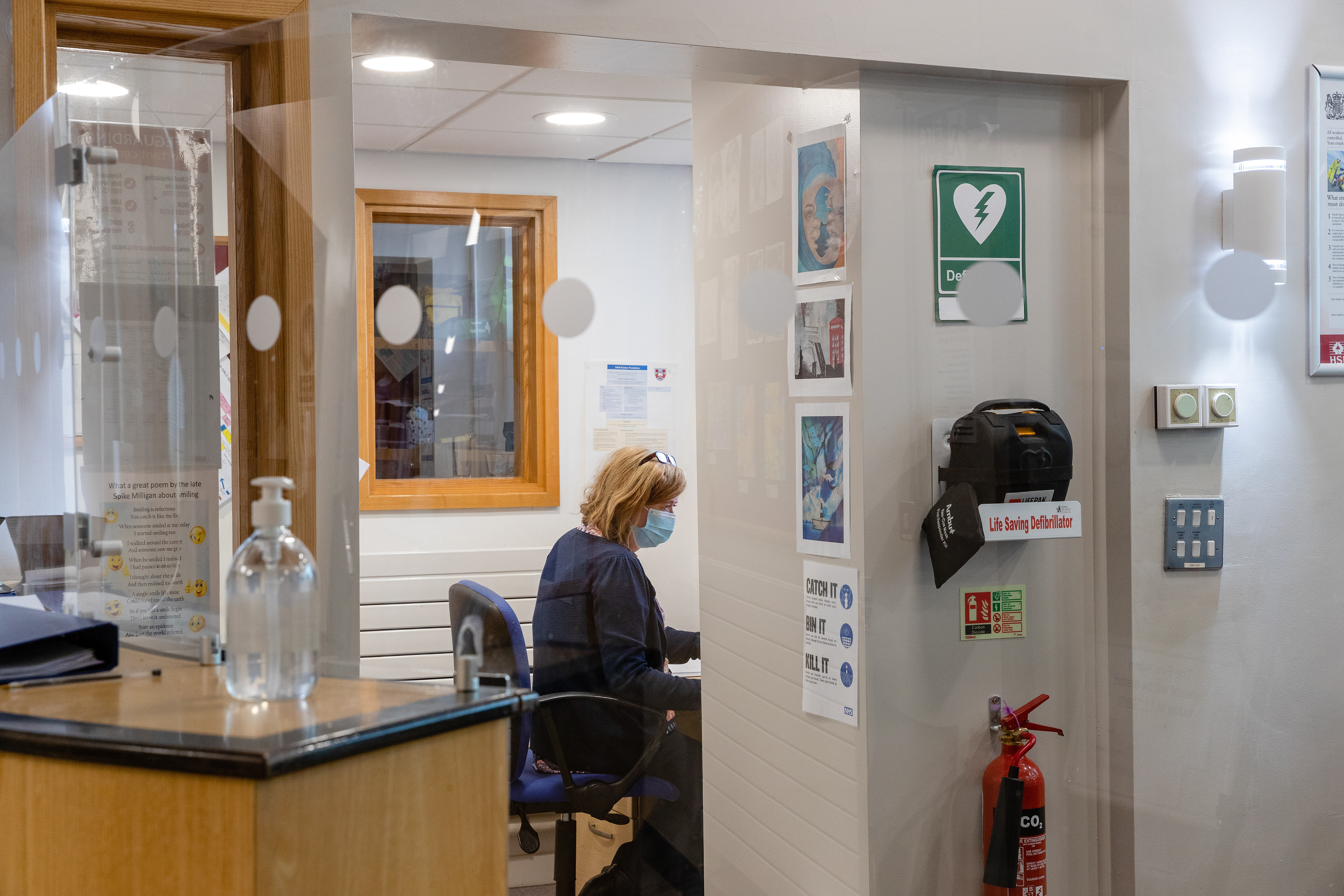

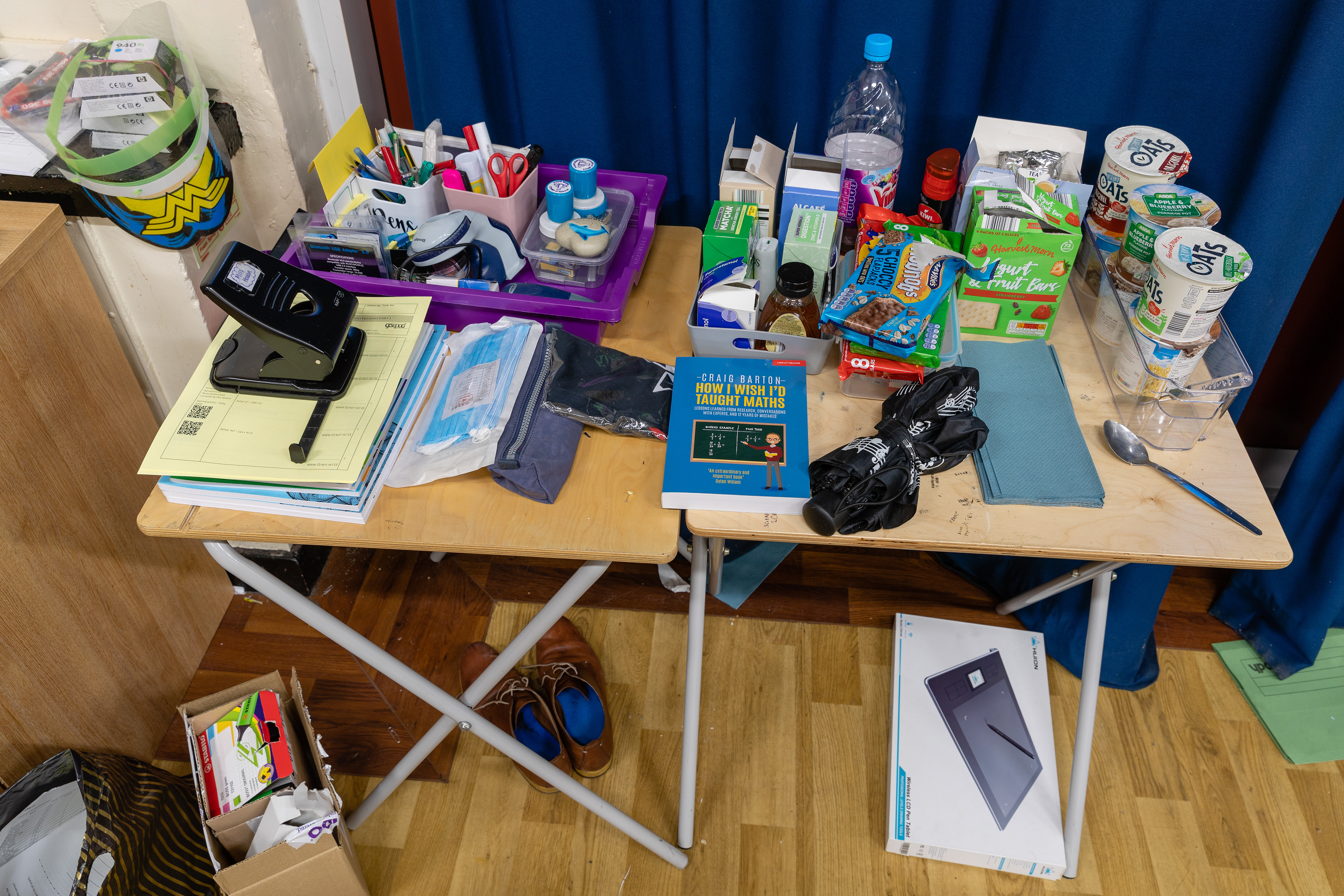

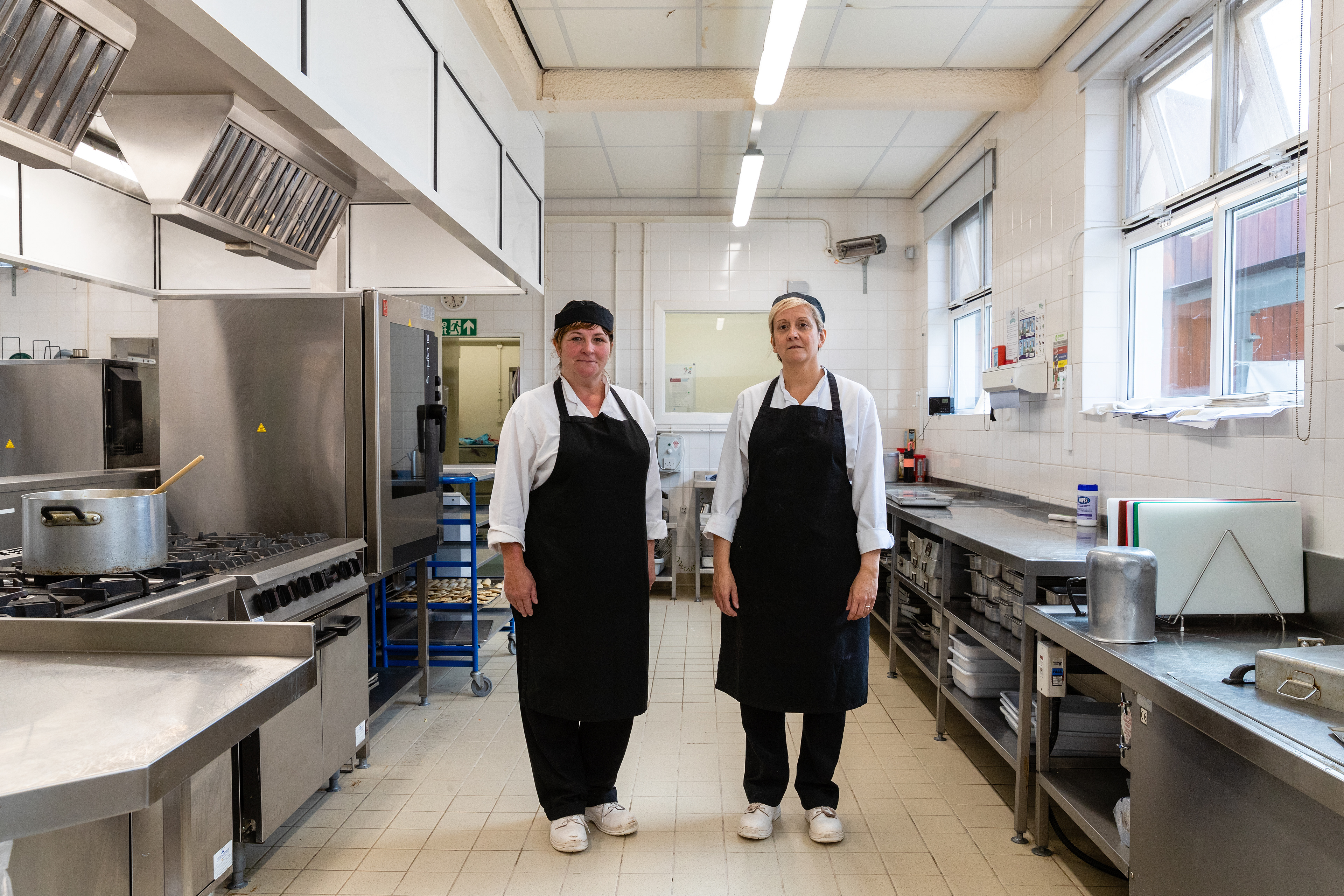
Geraldine Gaskell, Catering Assistant, in the Dining Hall. *2021.
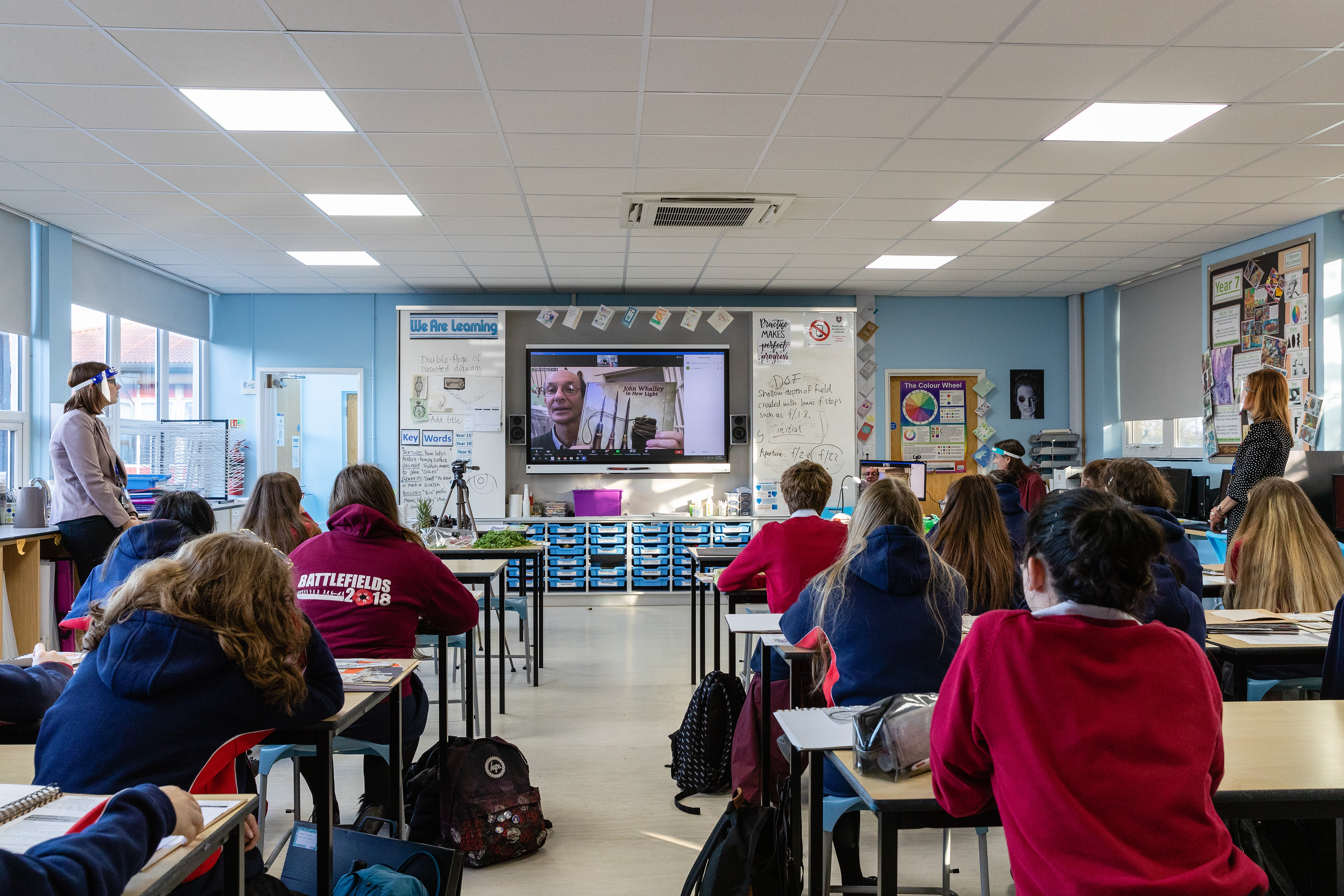
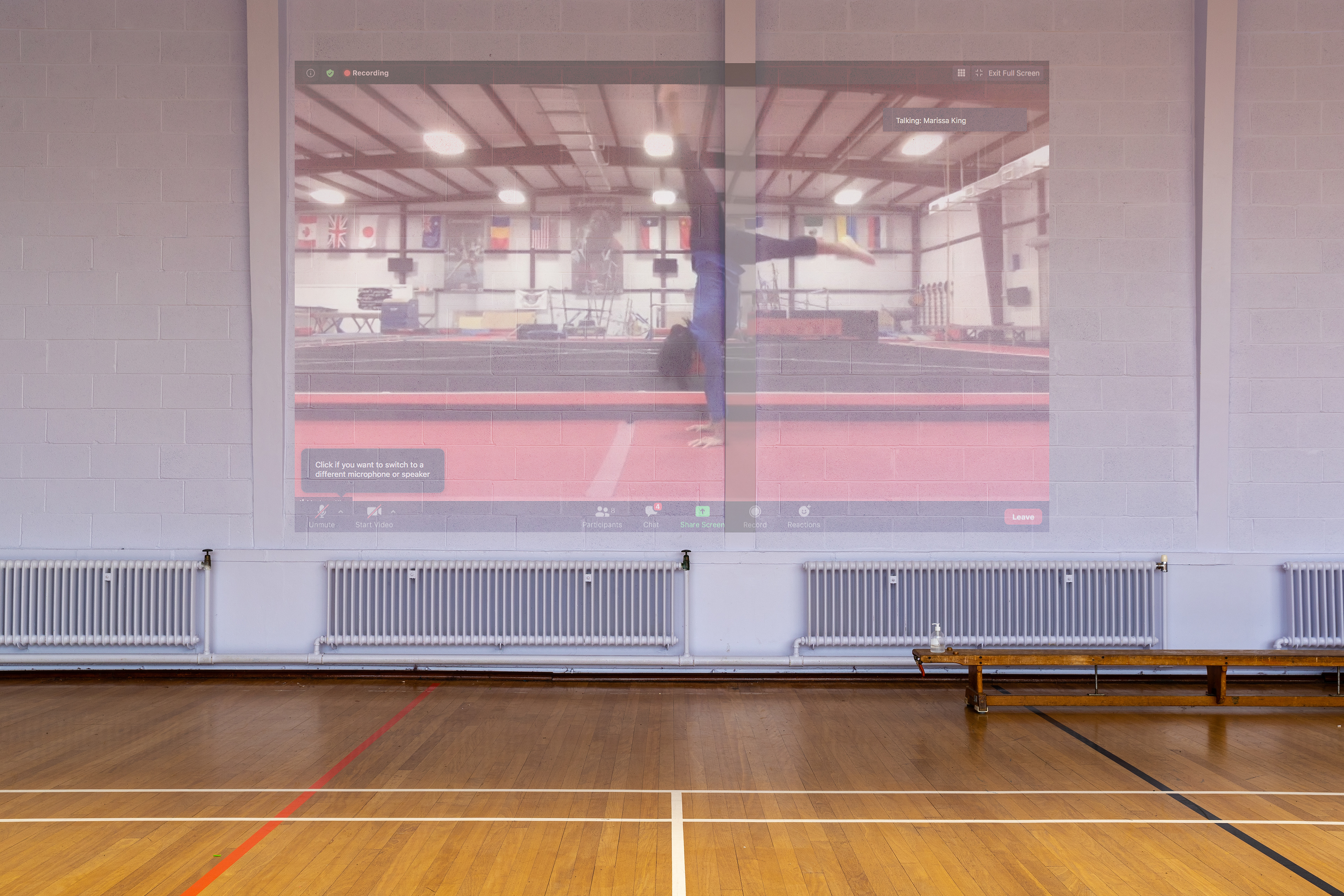
The Dancing's Done. 2020.
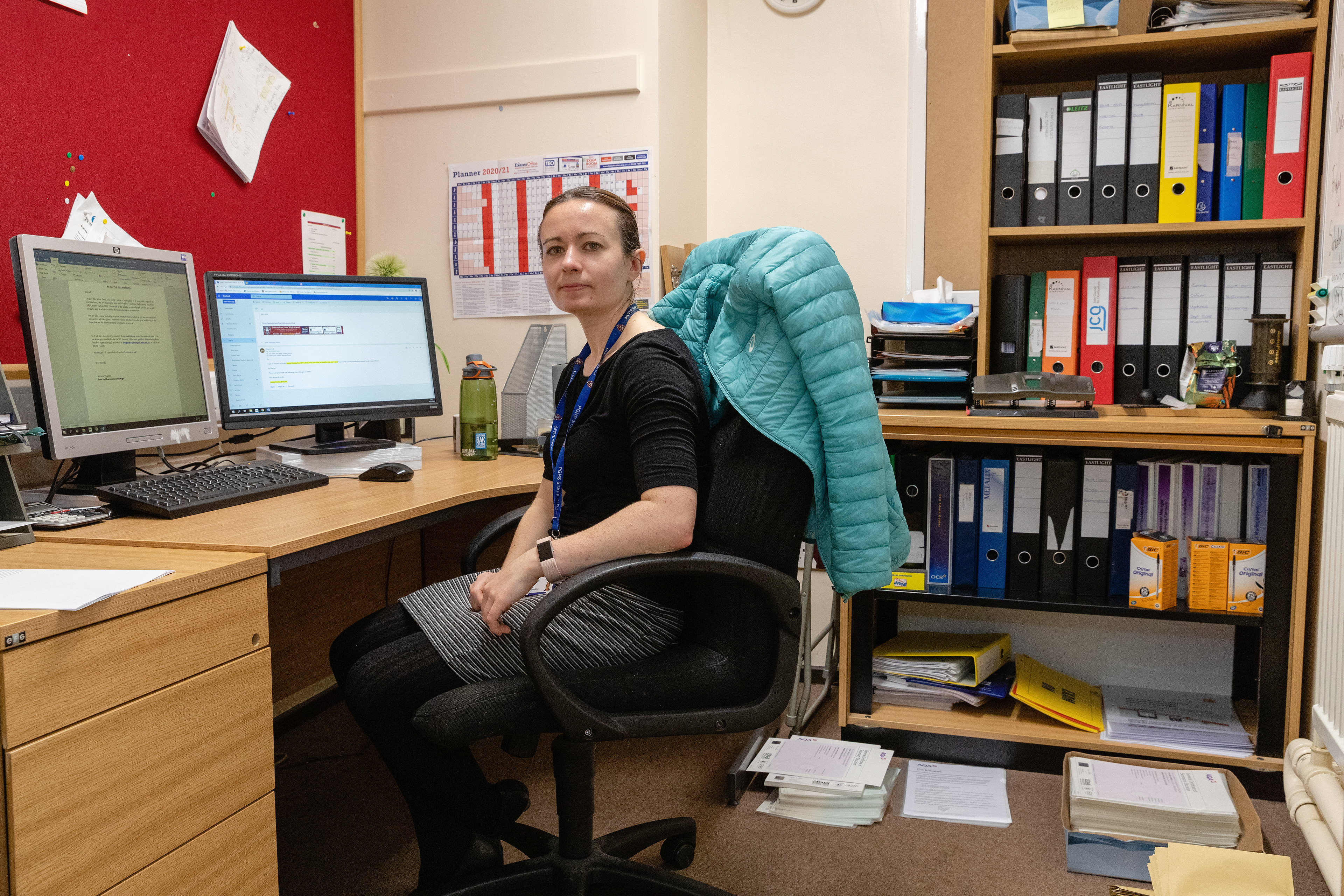

Mr Mercer Invigilating the November Examination Series. 2020.
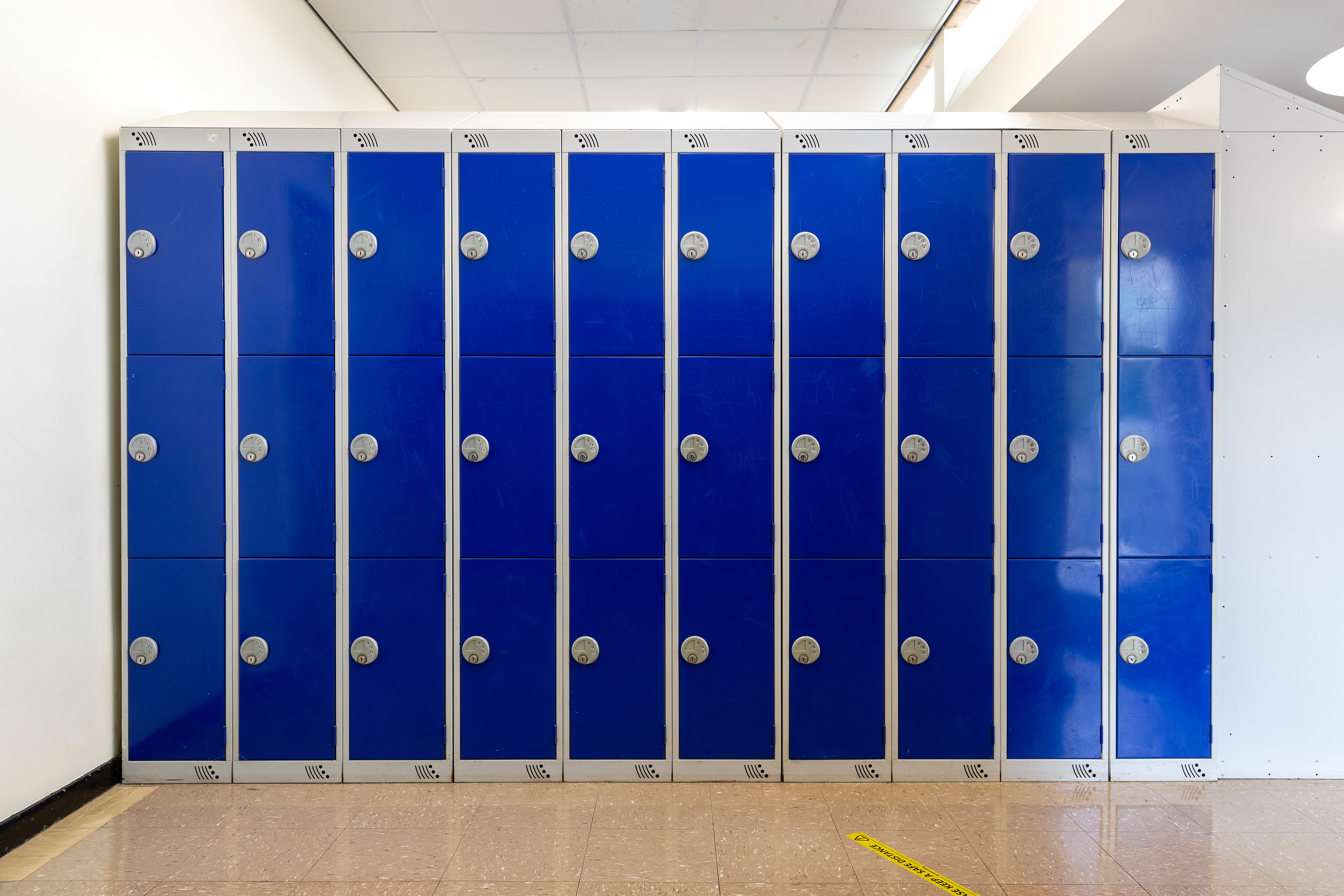




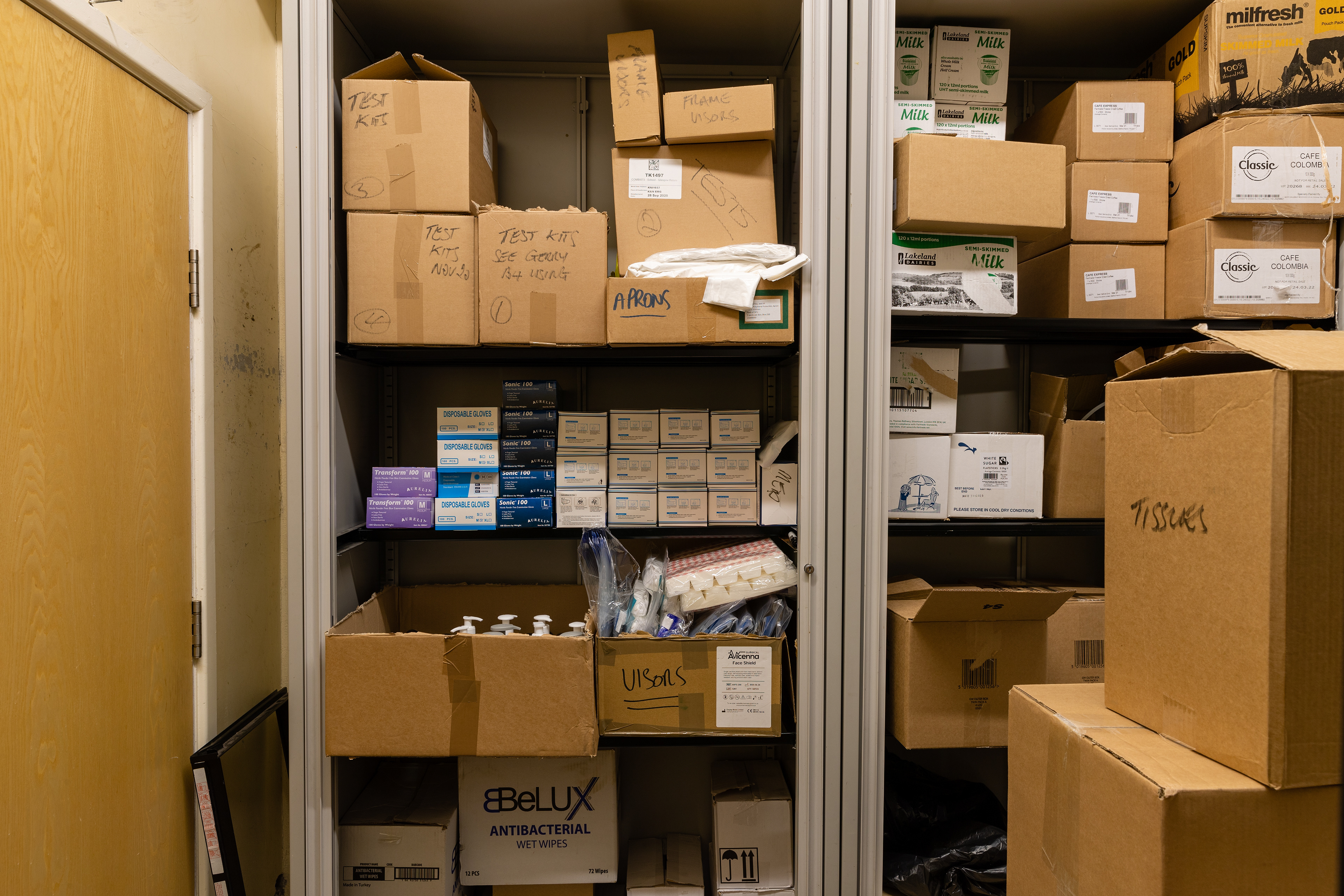
COVID 19 Home Test Kit. *2021.
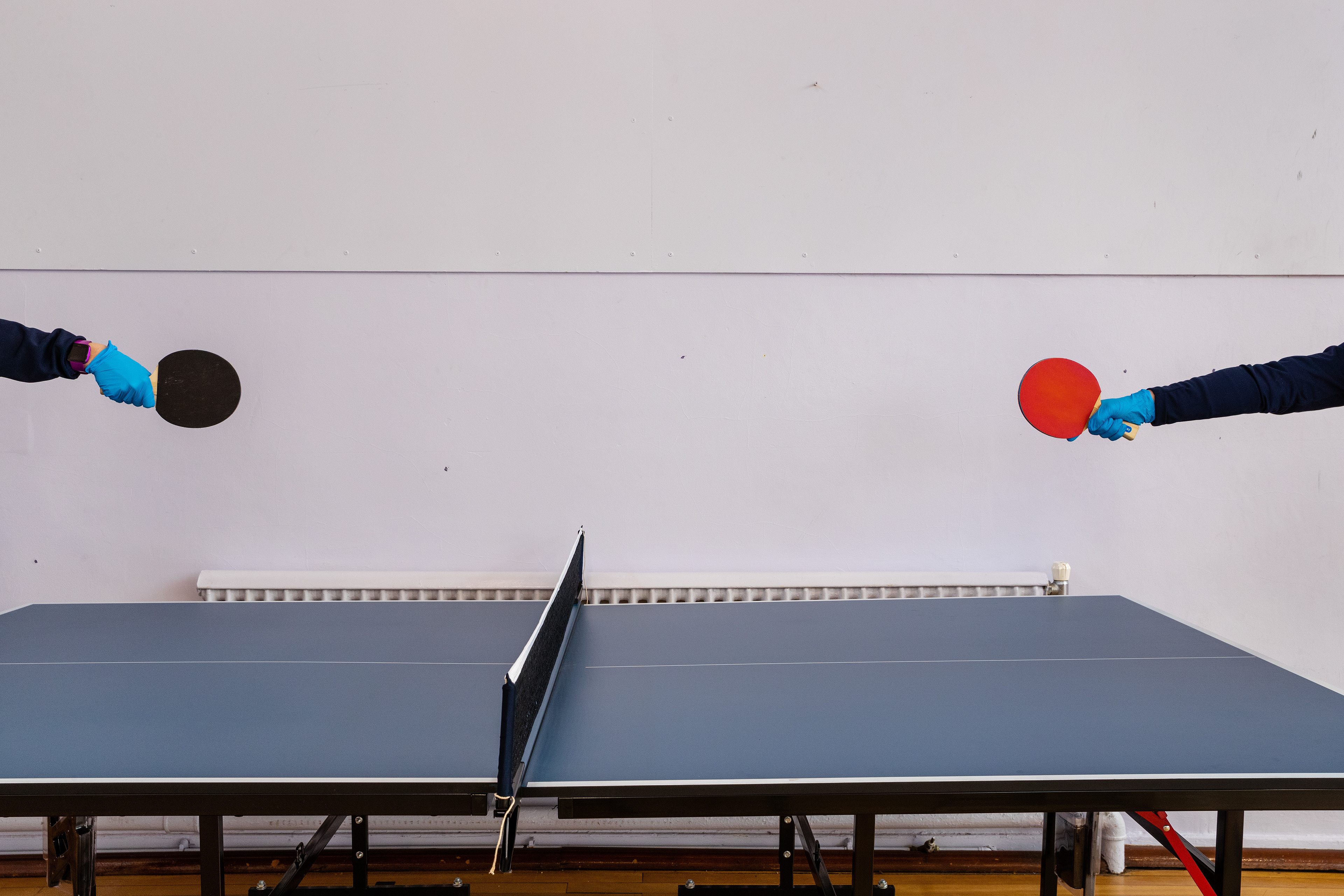

Write ‘n’ Wipe Whiteboard With a Thank You Message to the Cleaners Found on a Corridor. 2020.
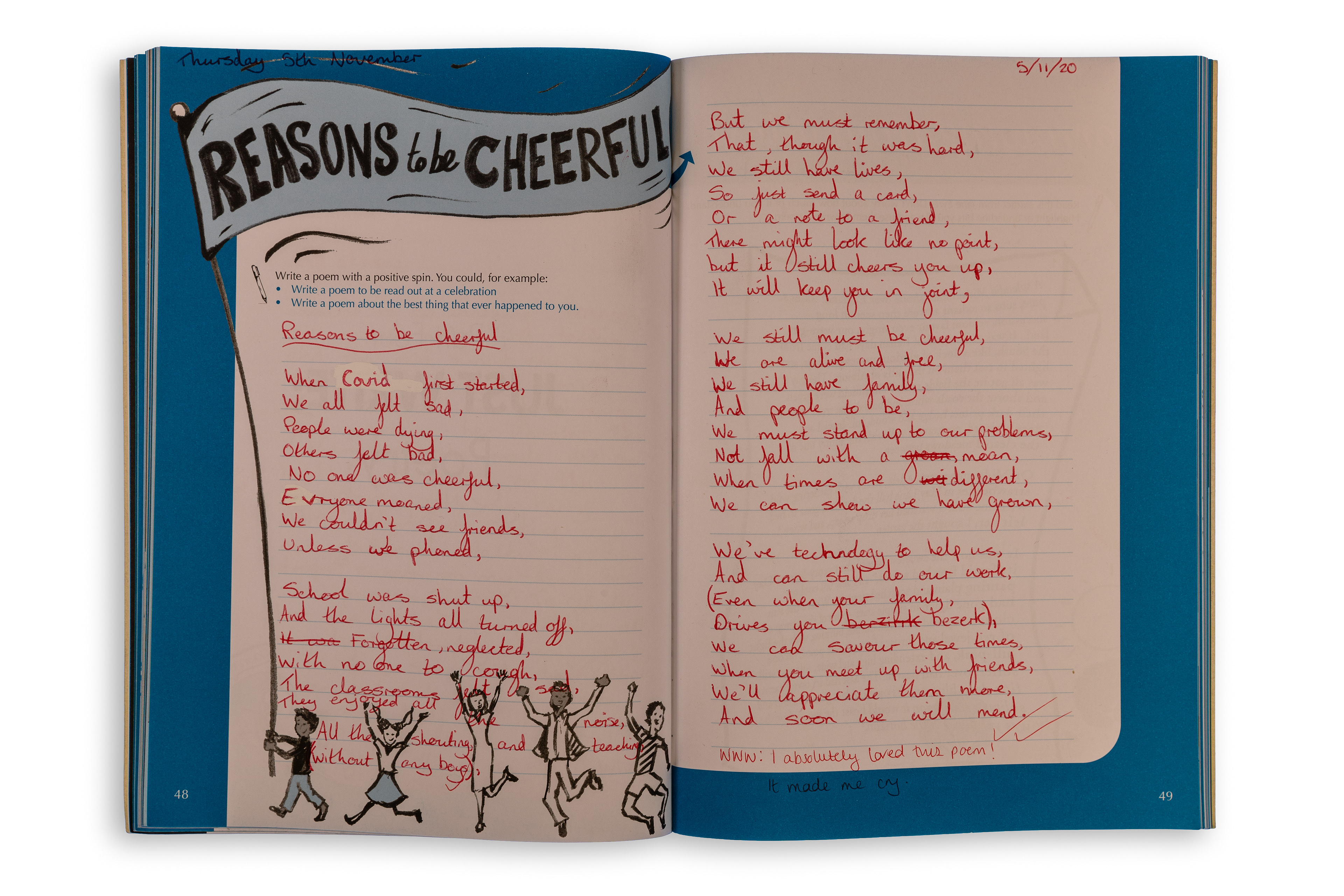
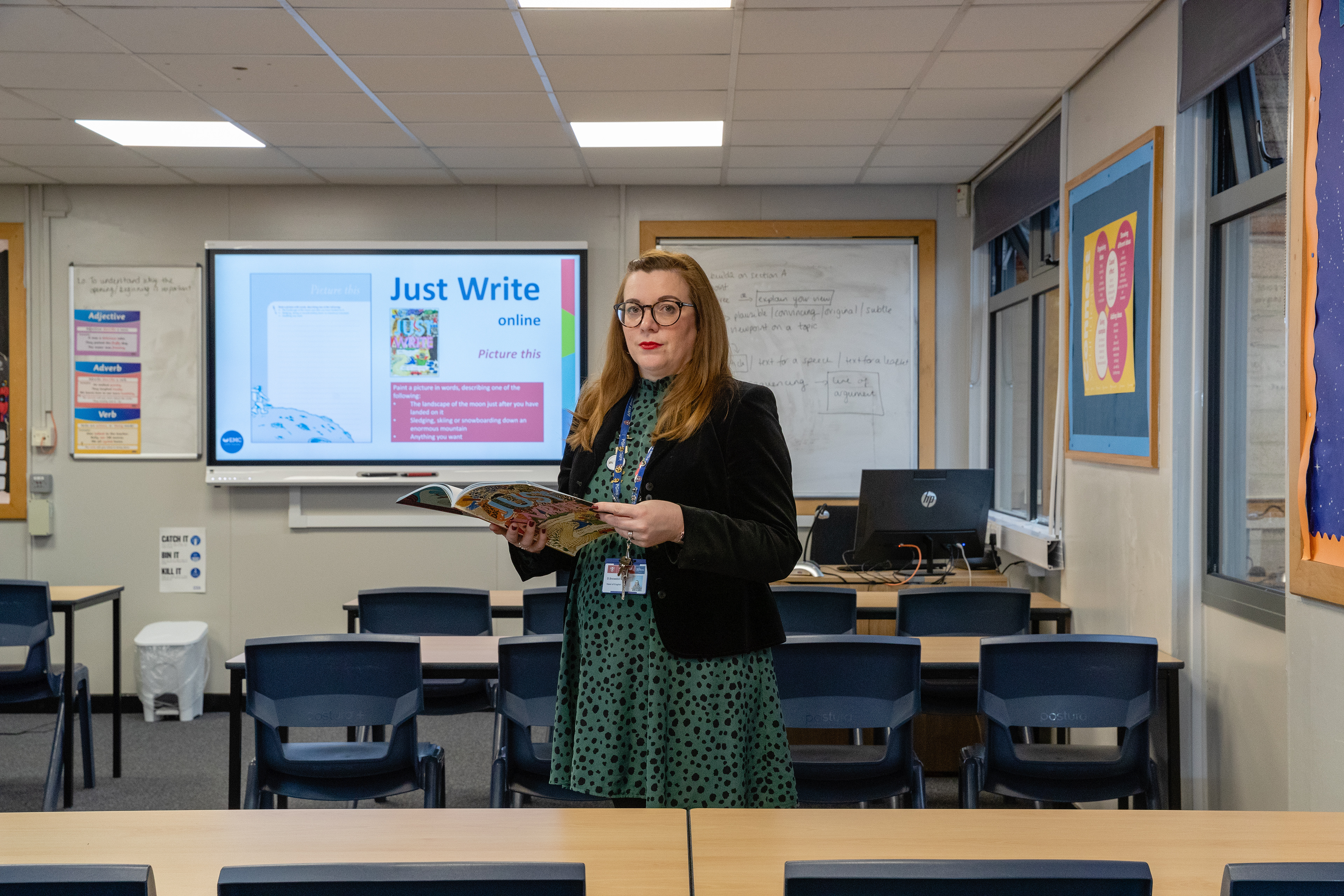
Reasons To Be Cheerful. 2020.


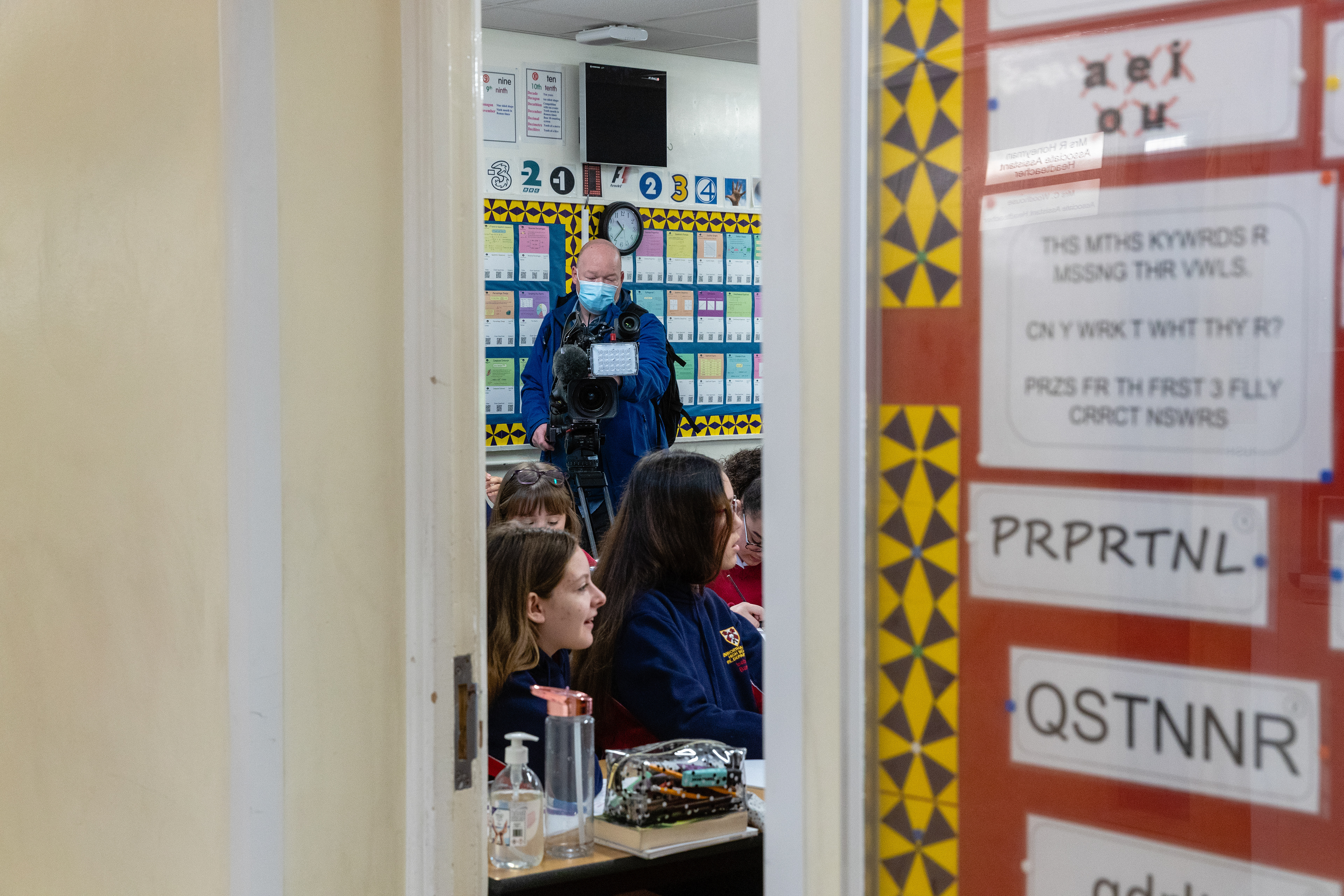
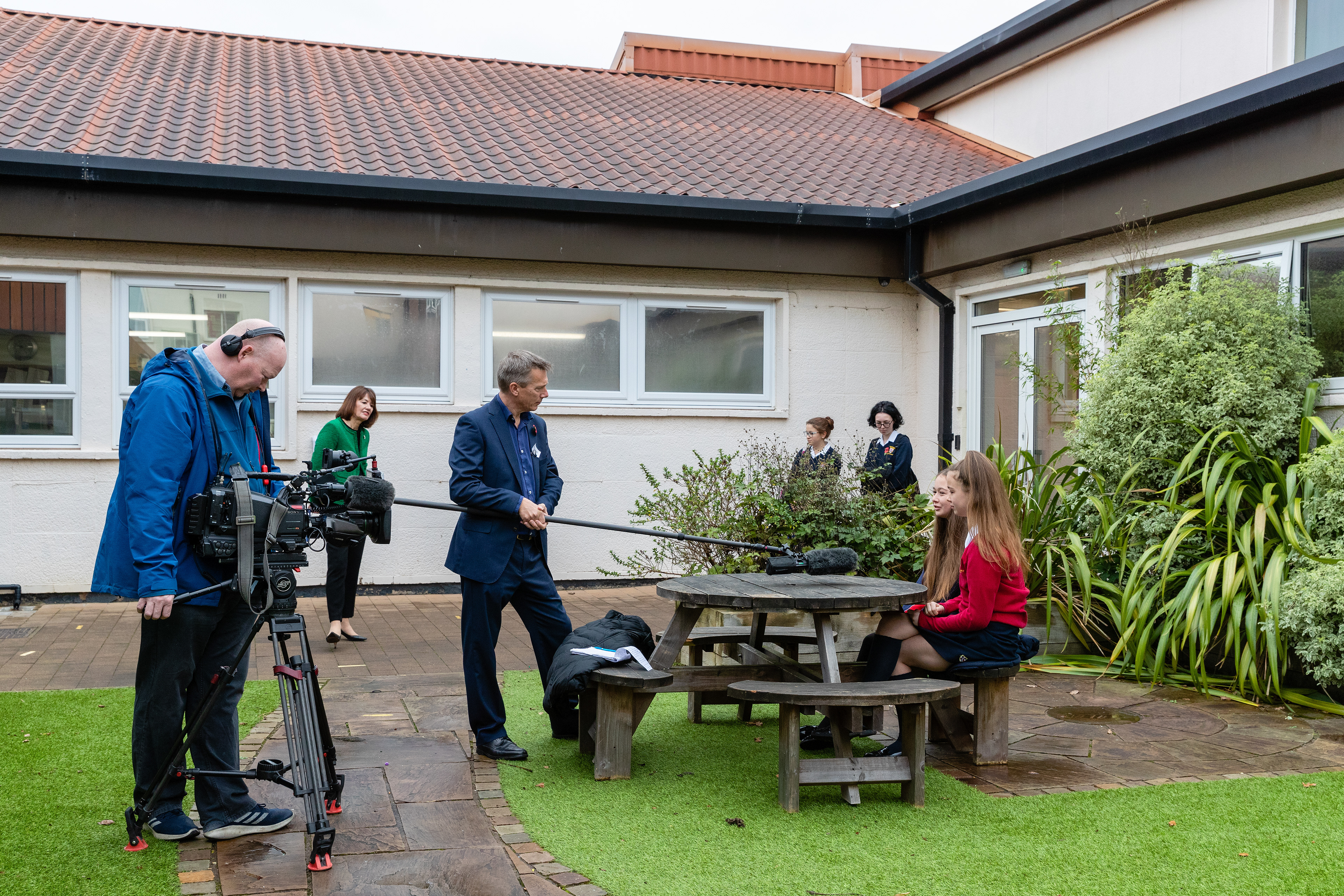
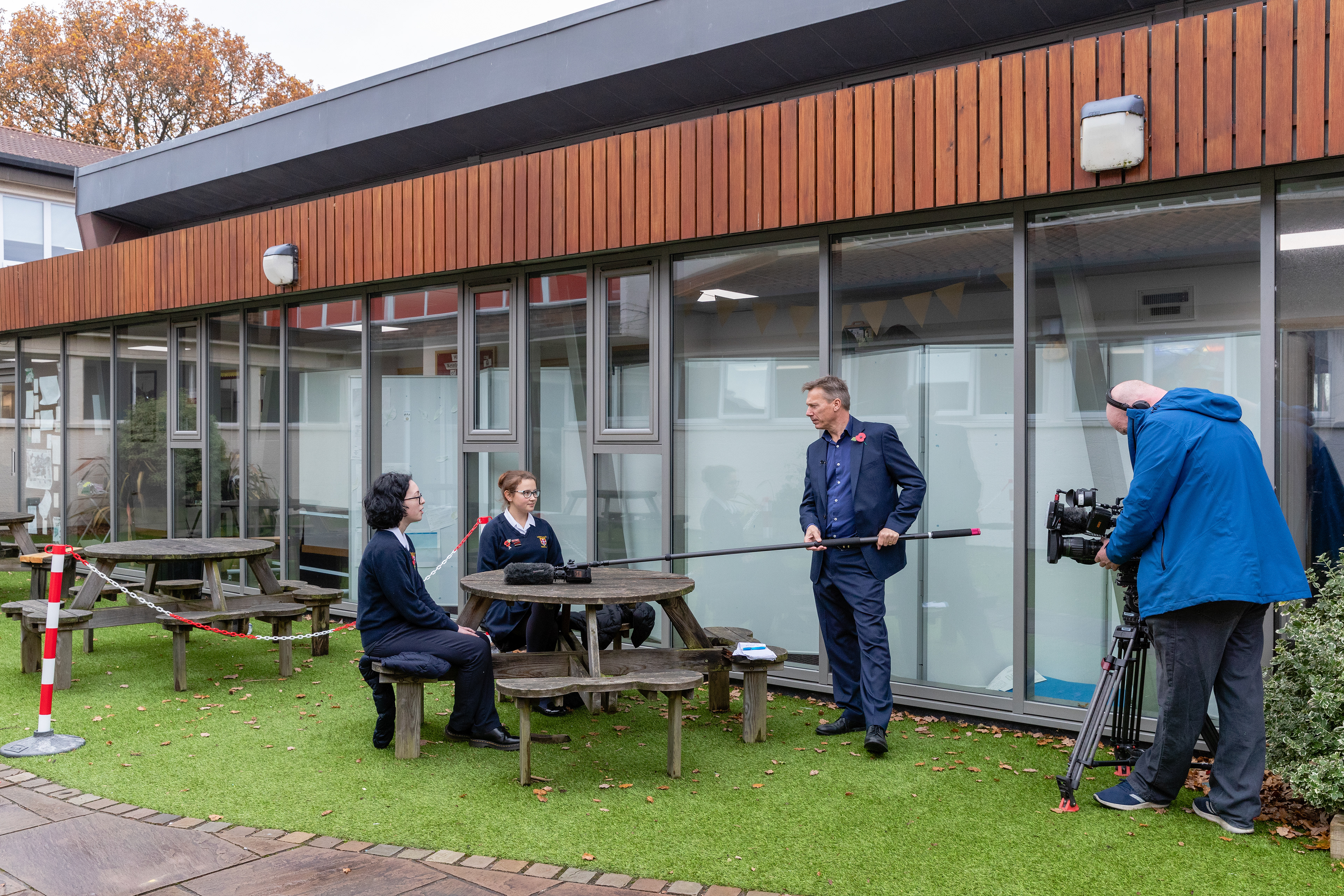
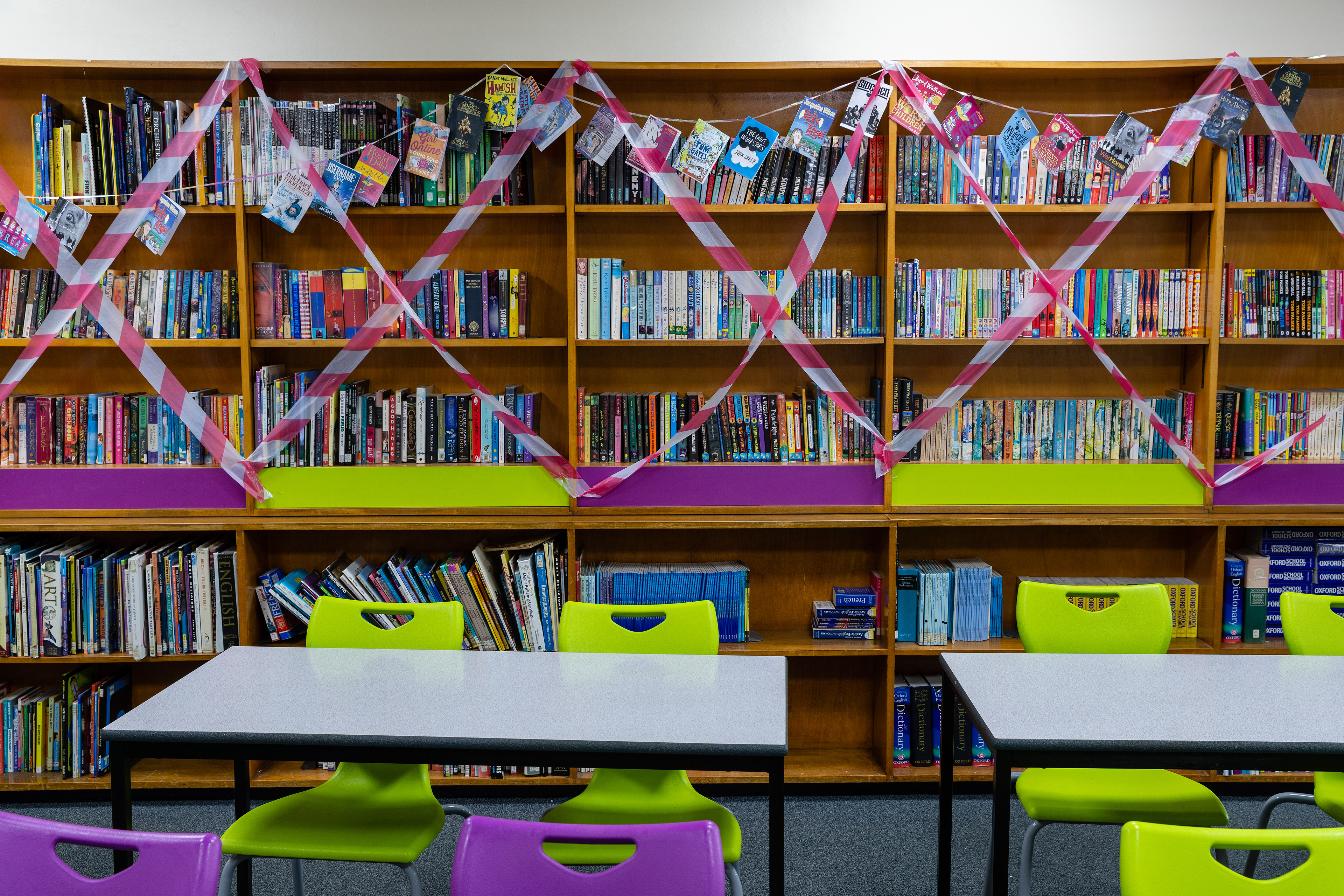
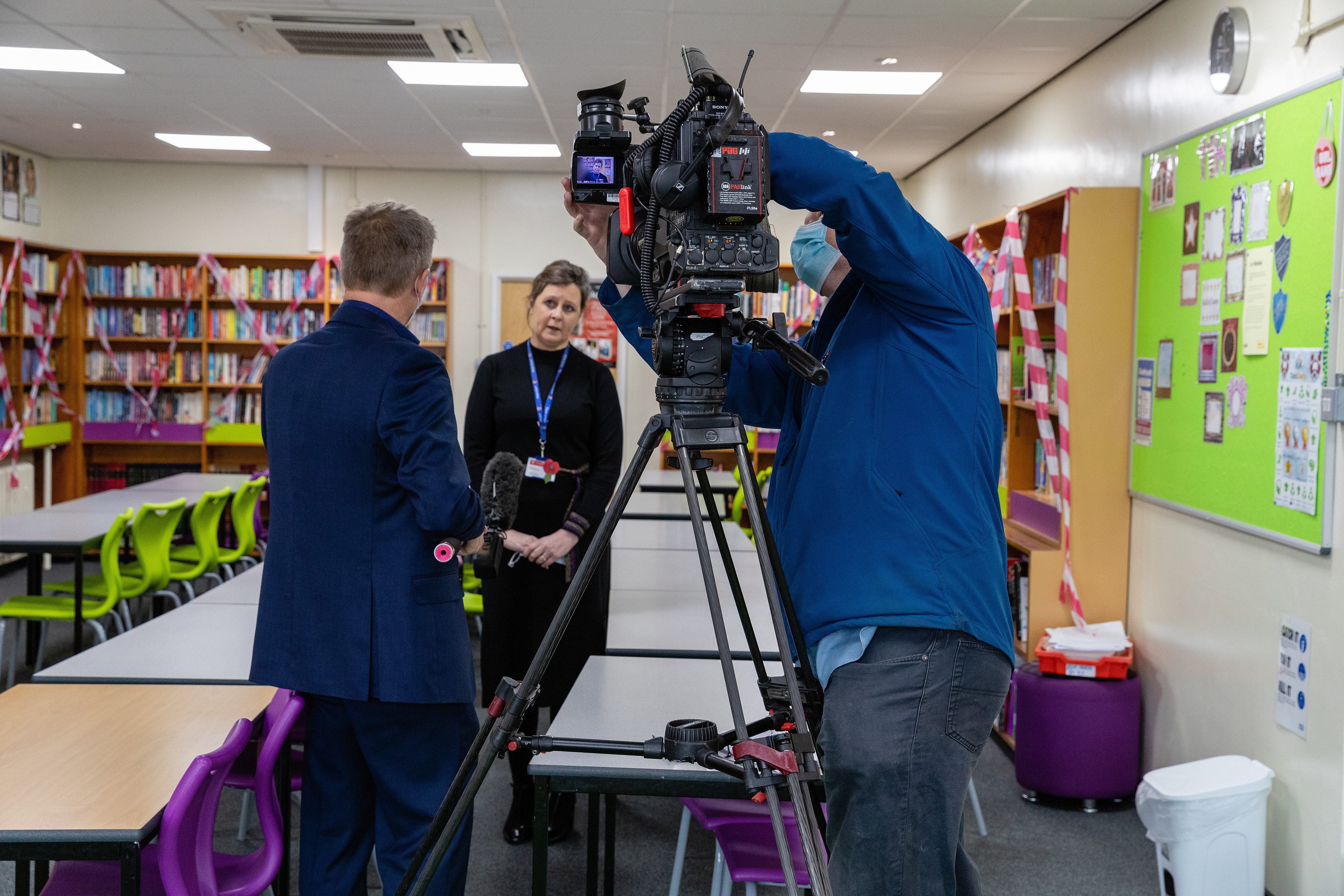
Mrs Pomeroy, Headteacher, Is Interviewed by BBC News Reporter Peter Marshall. 2020.
© BBC
Mr Mellor, ICT Manager in His Office as News of the Oxford Vaccine Breaks on BBC News. 2020.
Steven and Mark talk about changeability, using existing technology to bring those working remotely into the classroom, thoughts on ICT, vaccines, getting COVID, and Track and Trace. Recorded in the ICT Room on Friday 22 April 2022.
Mrs Hall, Deputy Headteacher, in Her Biology Classroom. 2020.

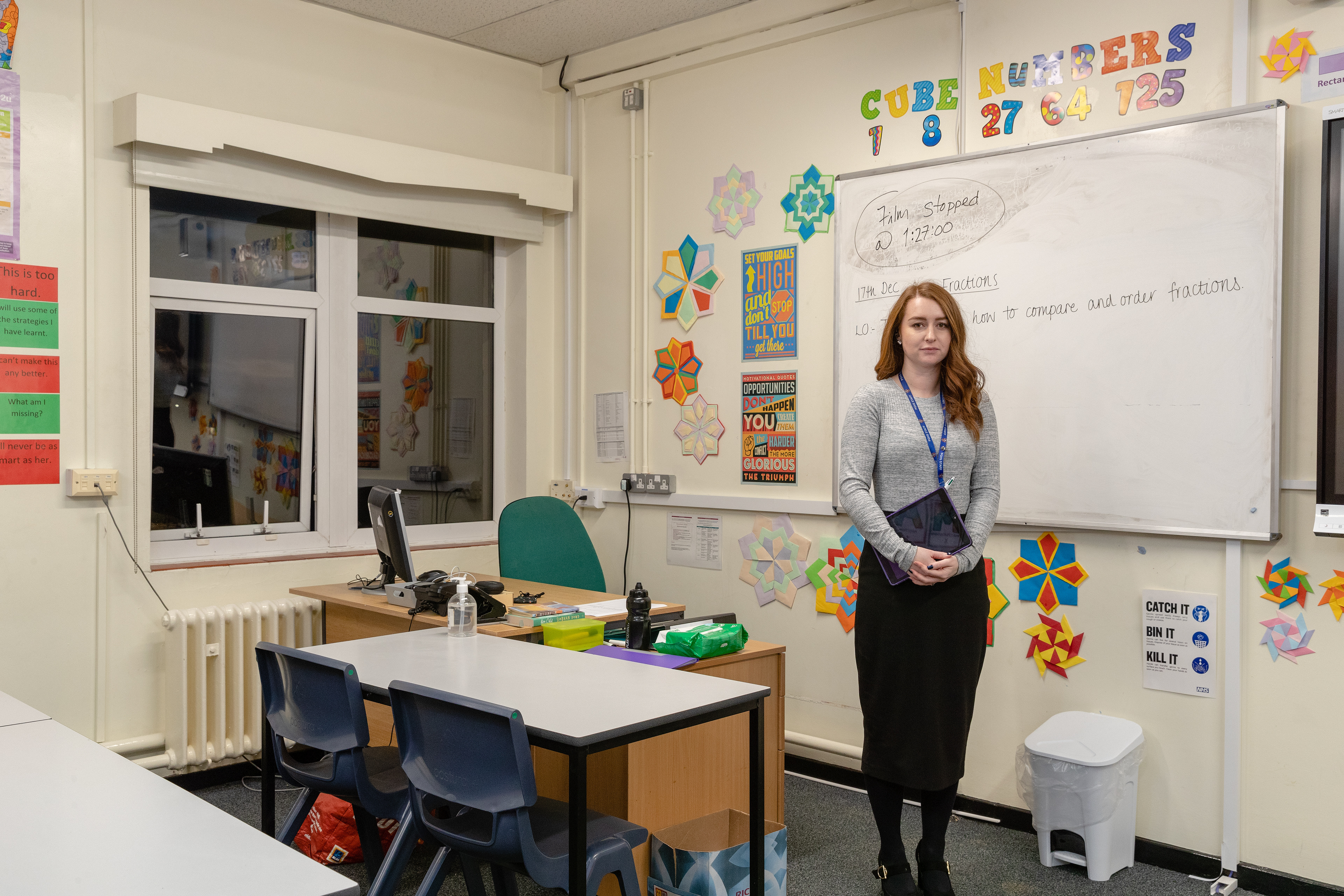

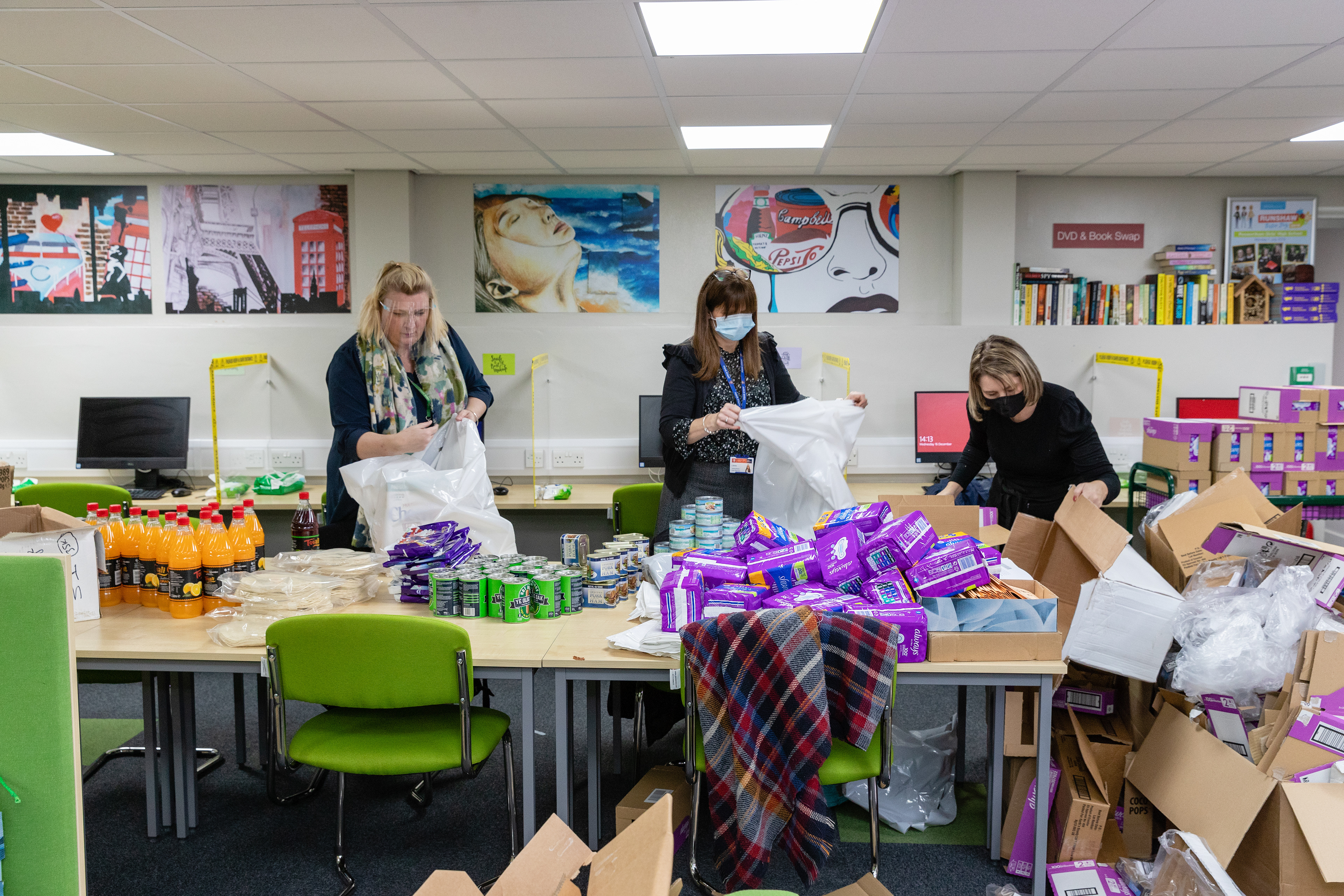
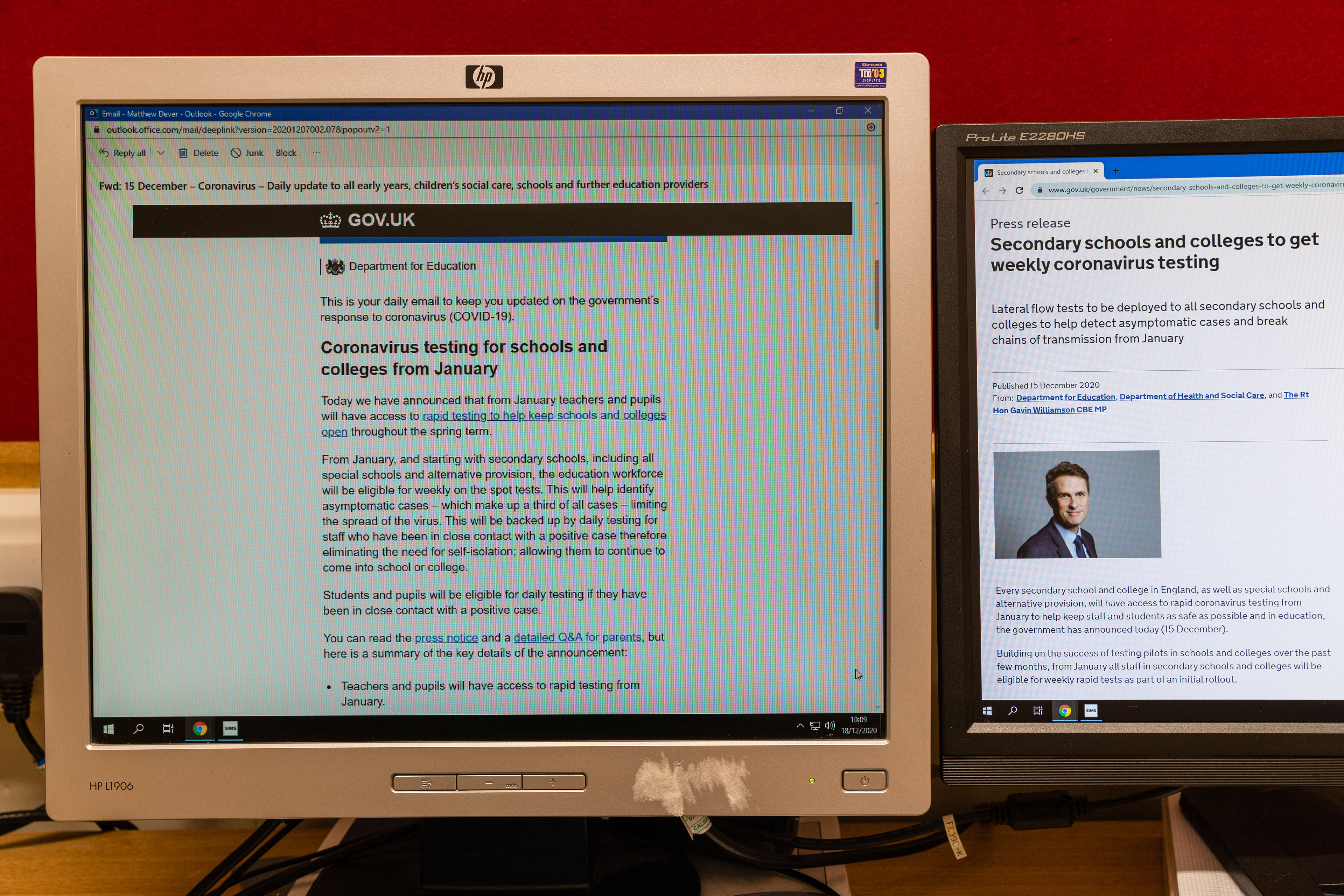

Office Decorated. 2020.




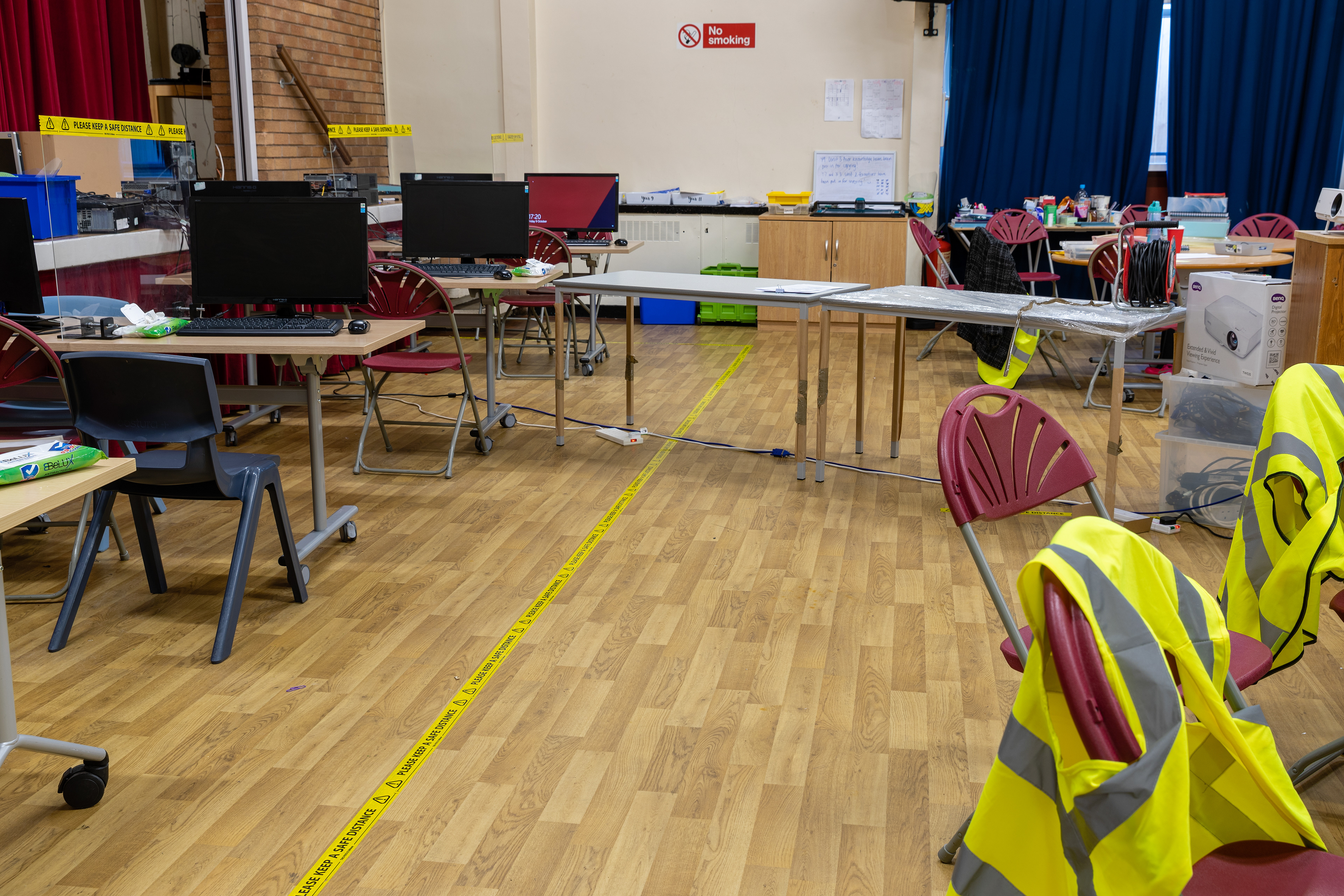

Segregated Yard in Winter. 2021.
Seven Disposable Sampling Swabs. 2021.
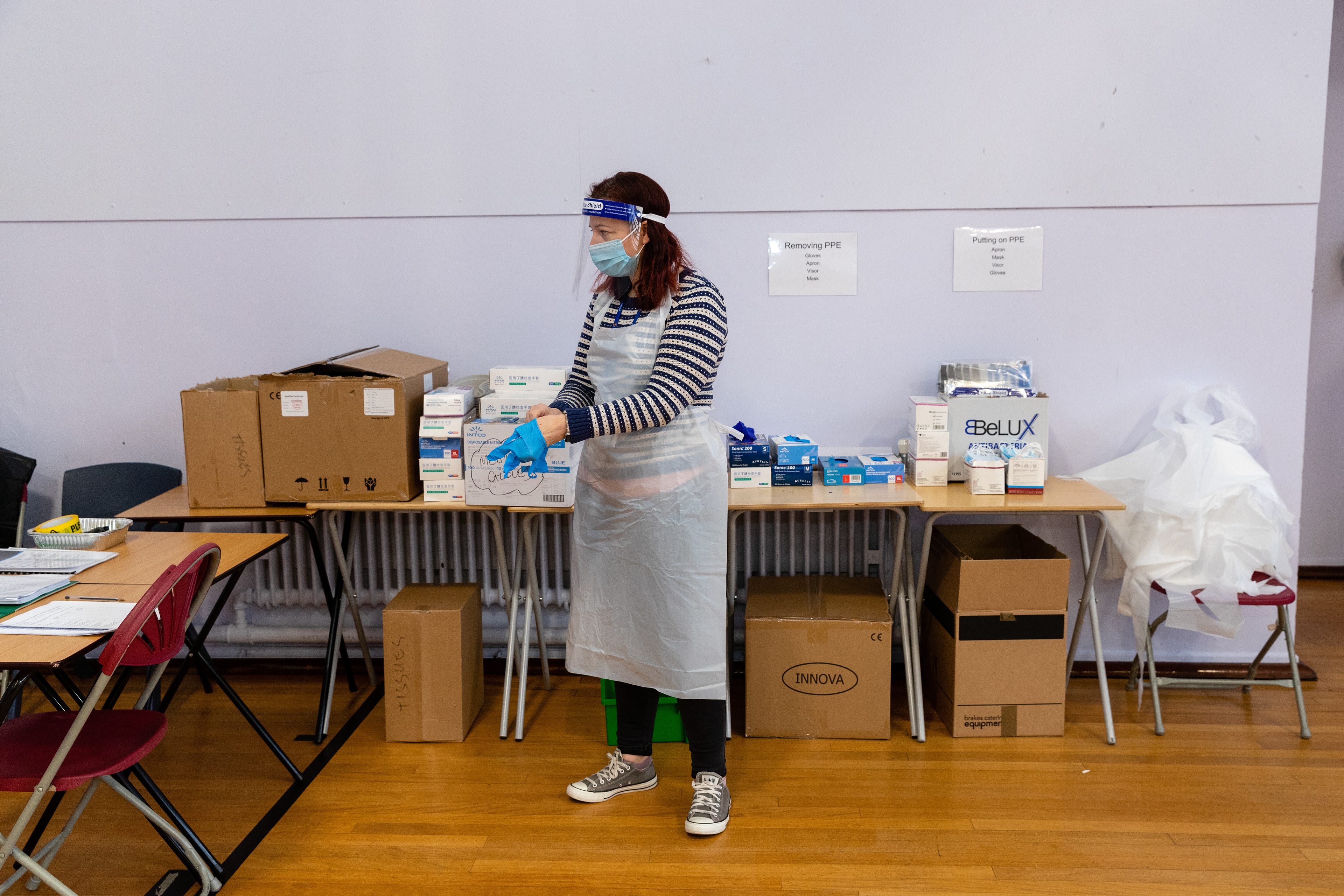
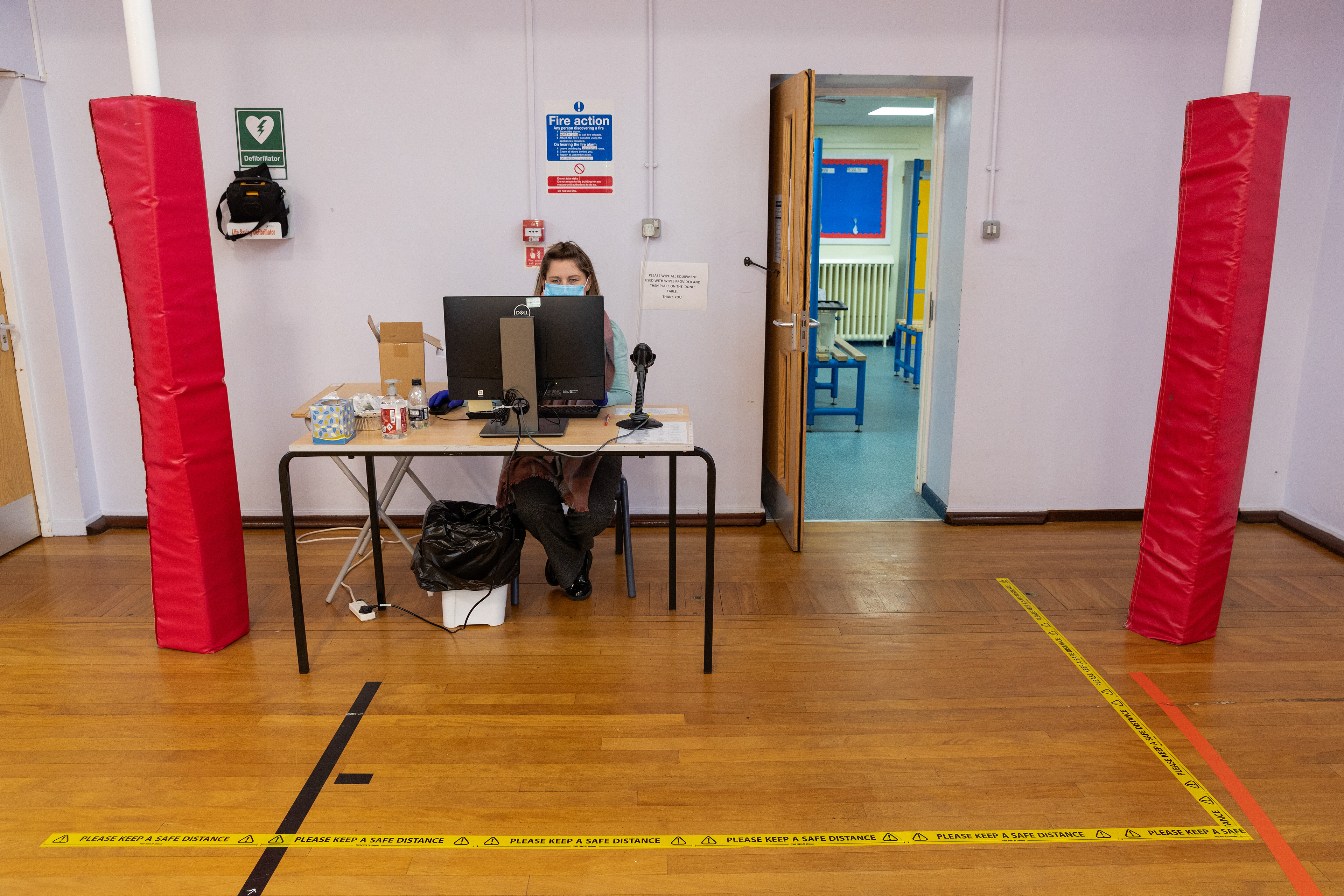
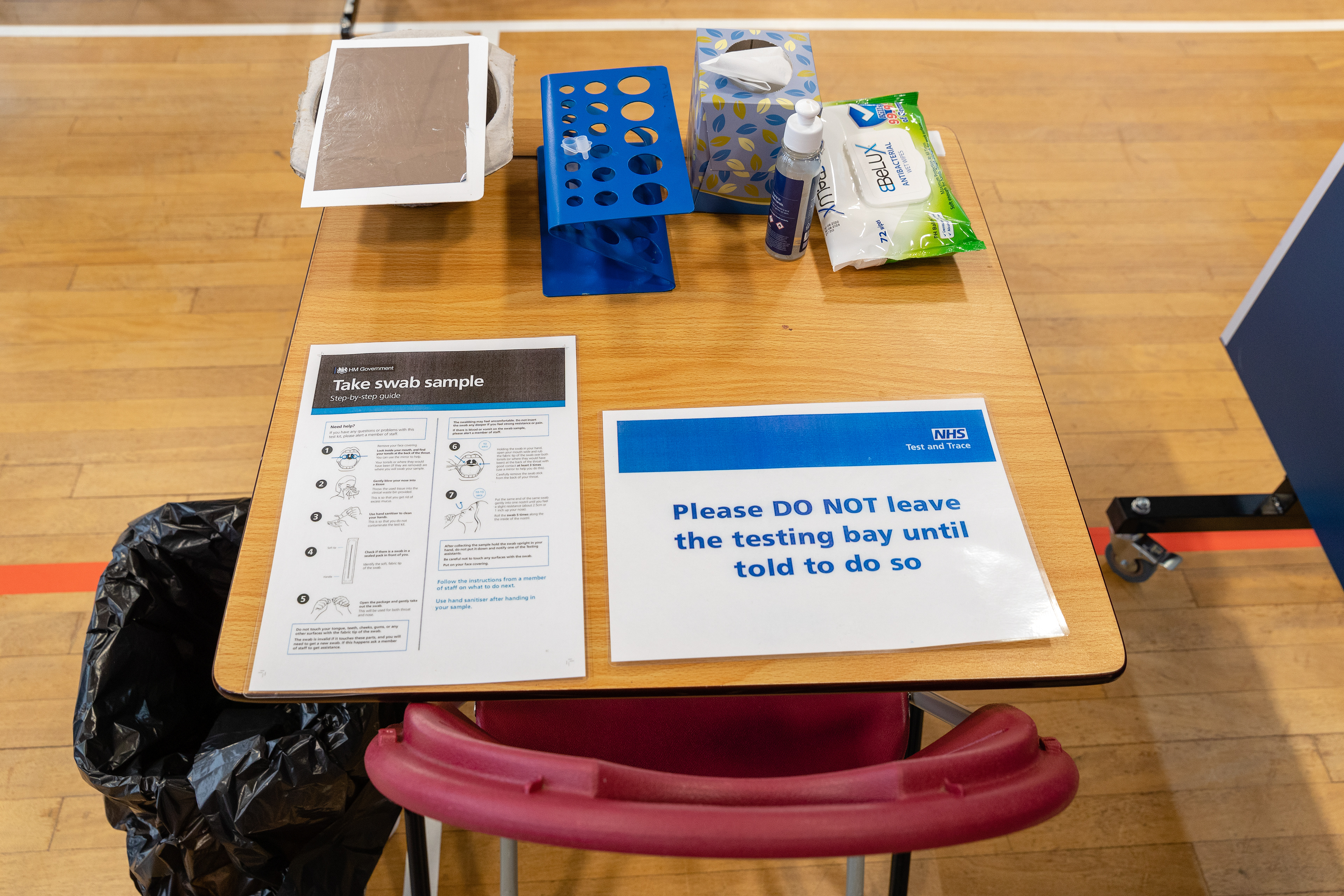


SARS-CoV-2 Rapid Antigen Lateral Flow Qualitative Testing in the Gym in Winter. 2021.
© BBC

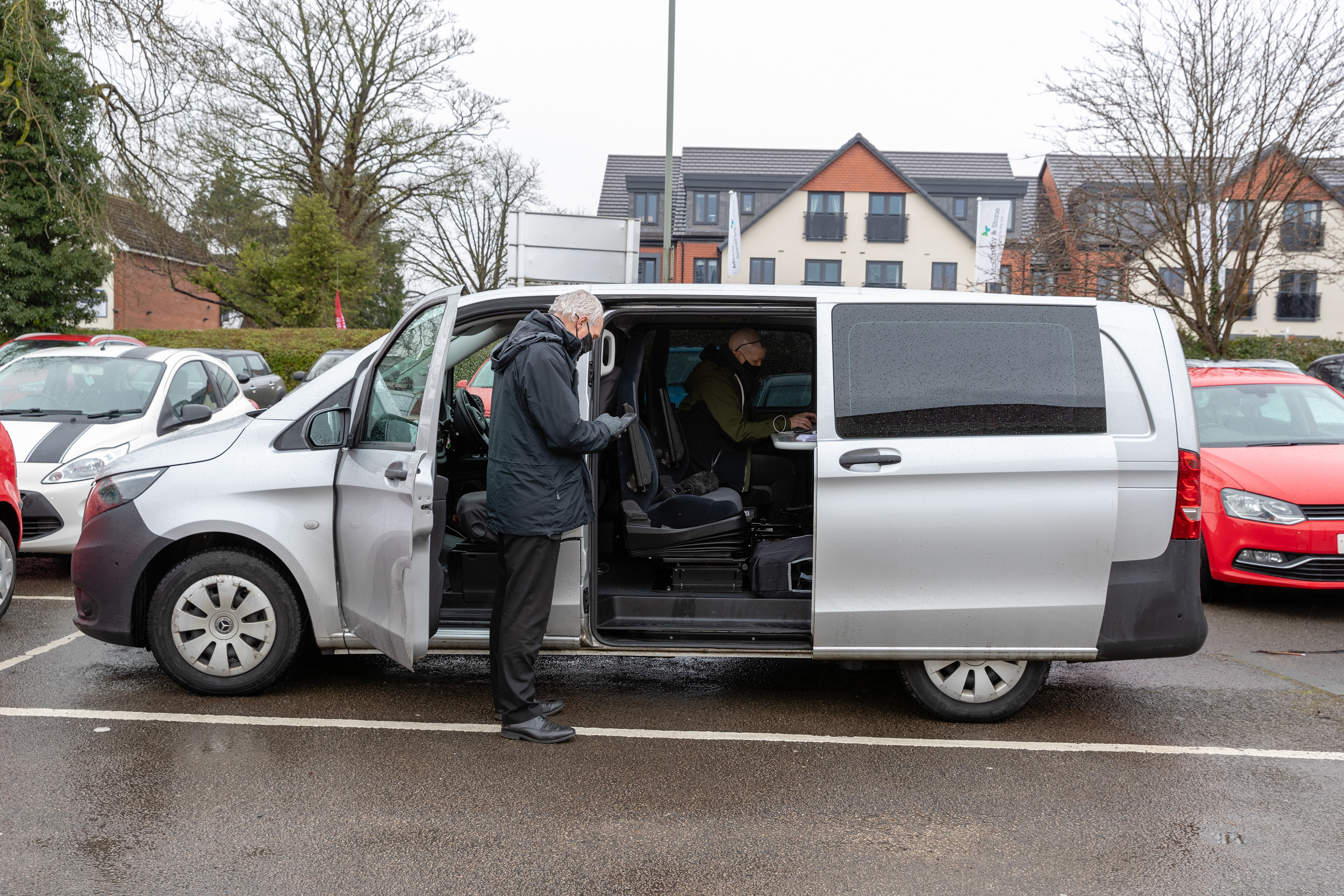
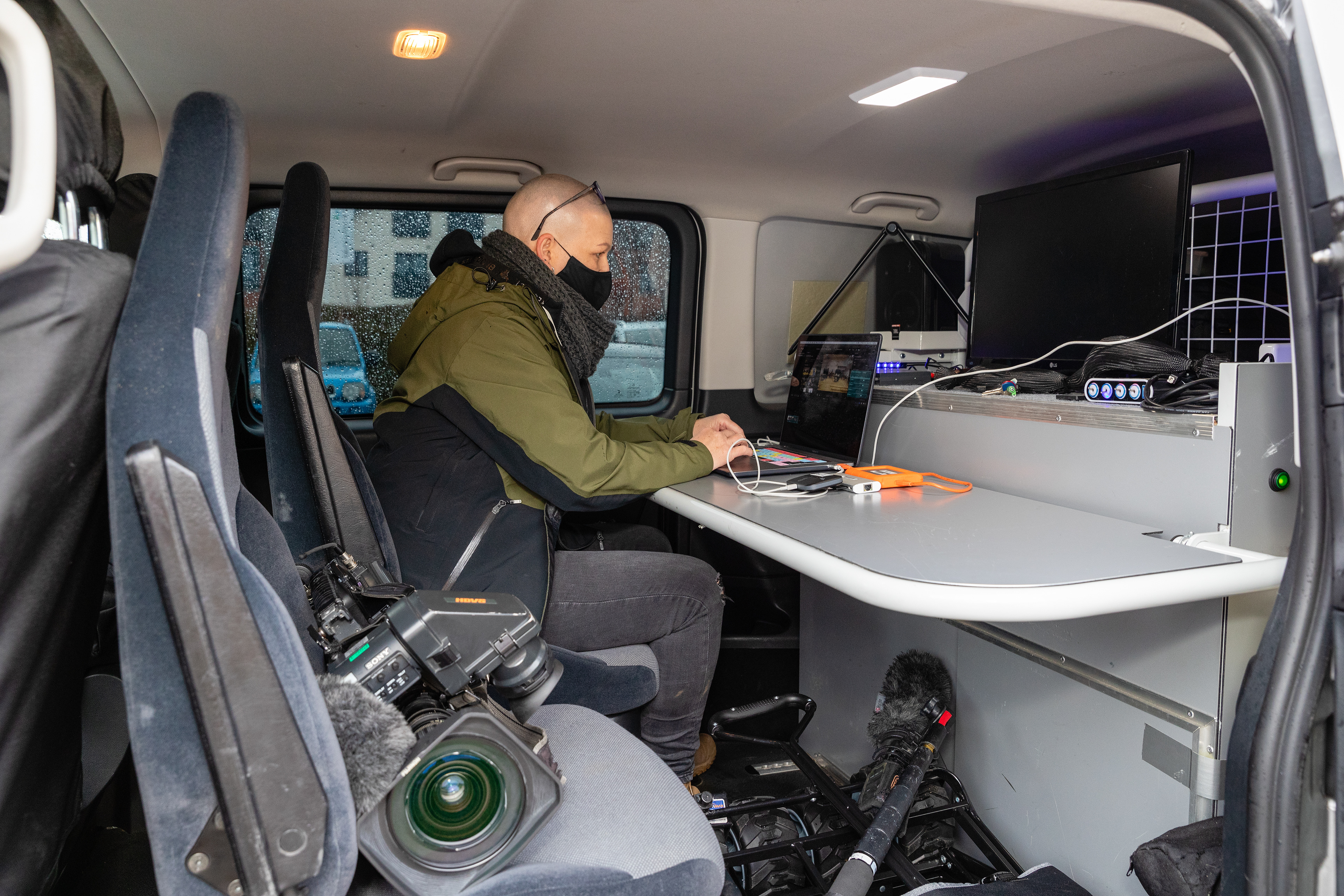

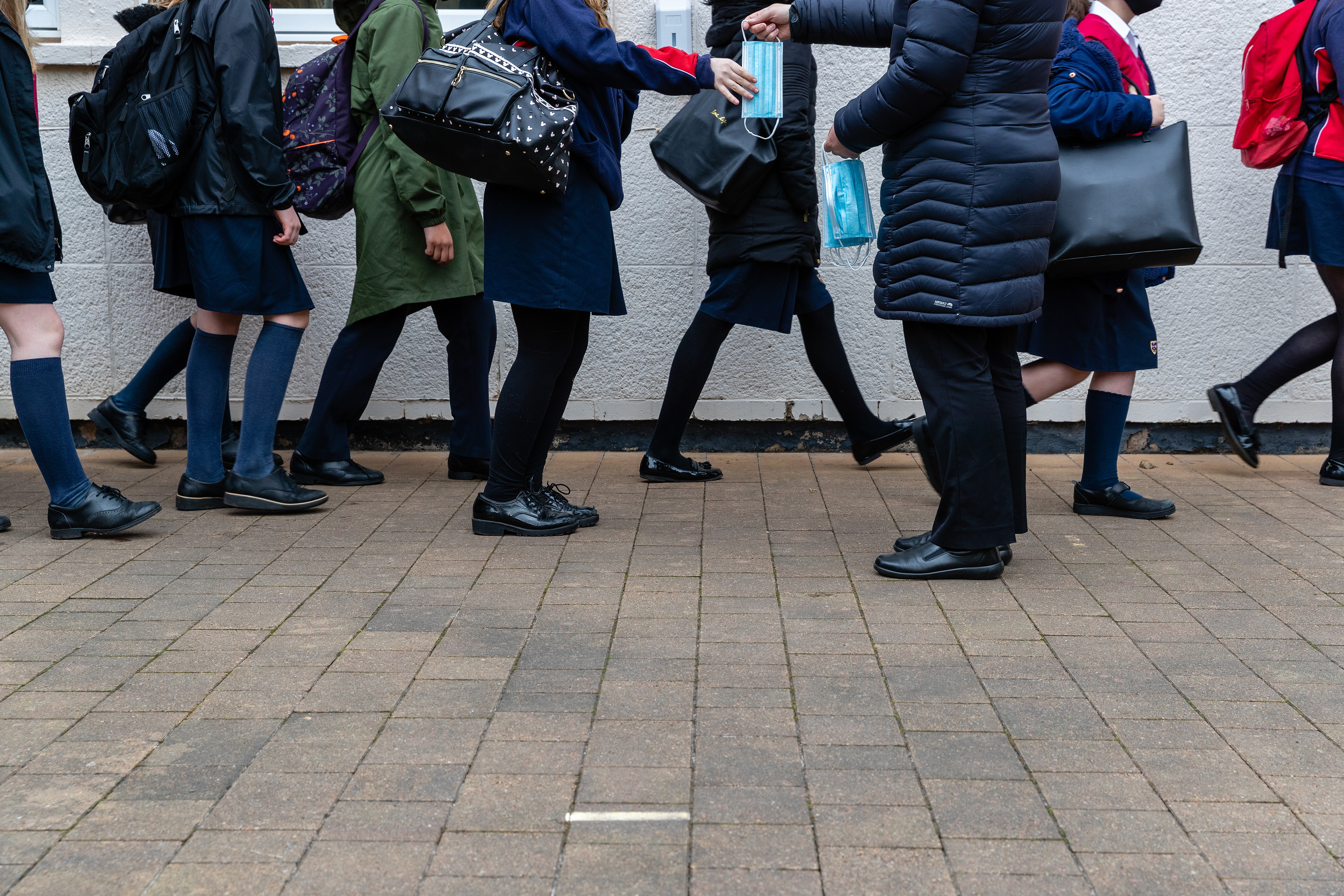


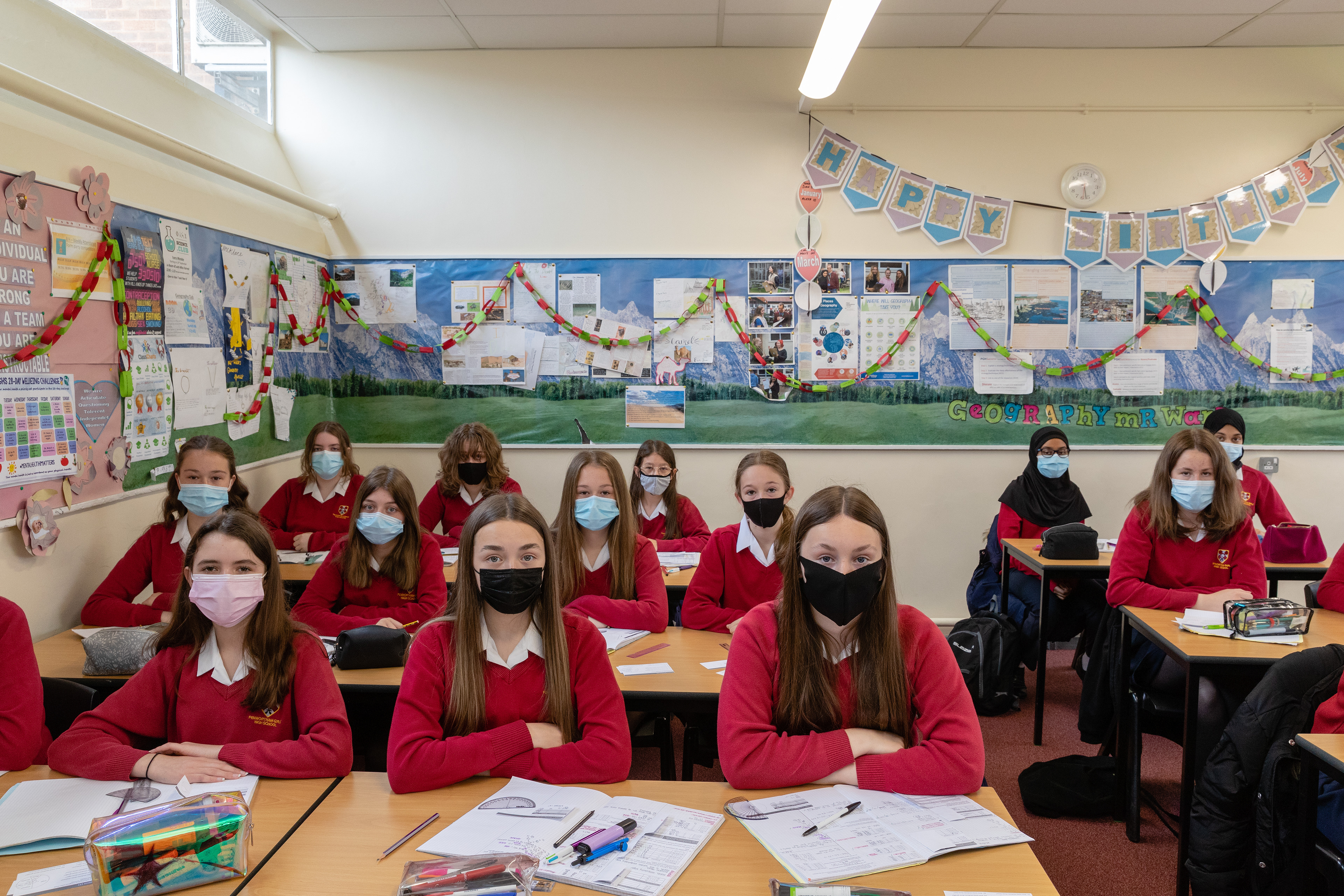
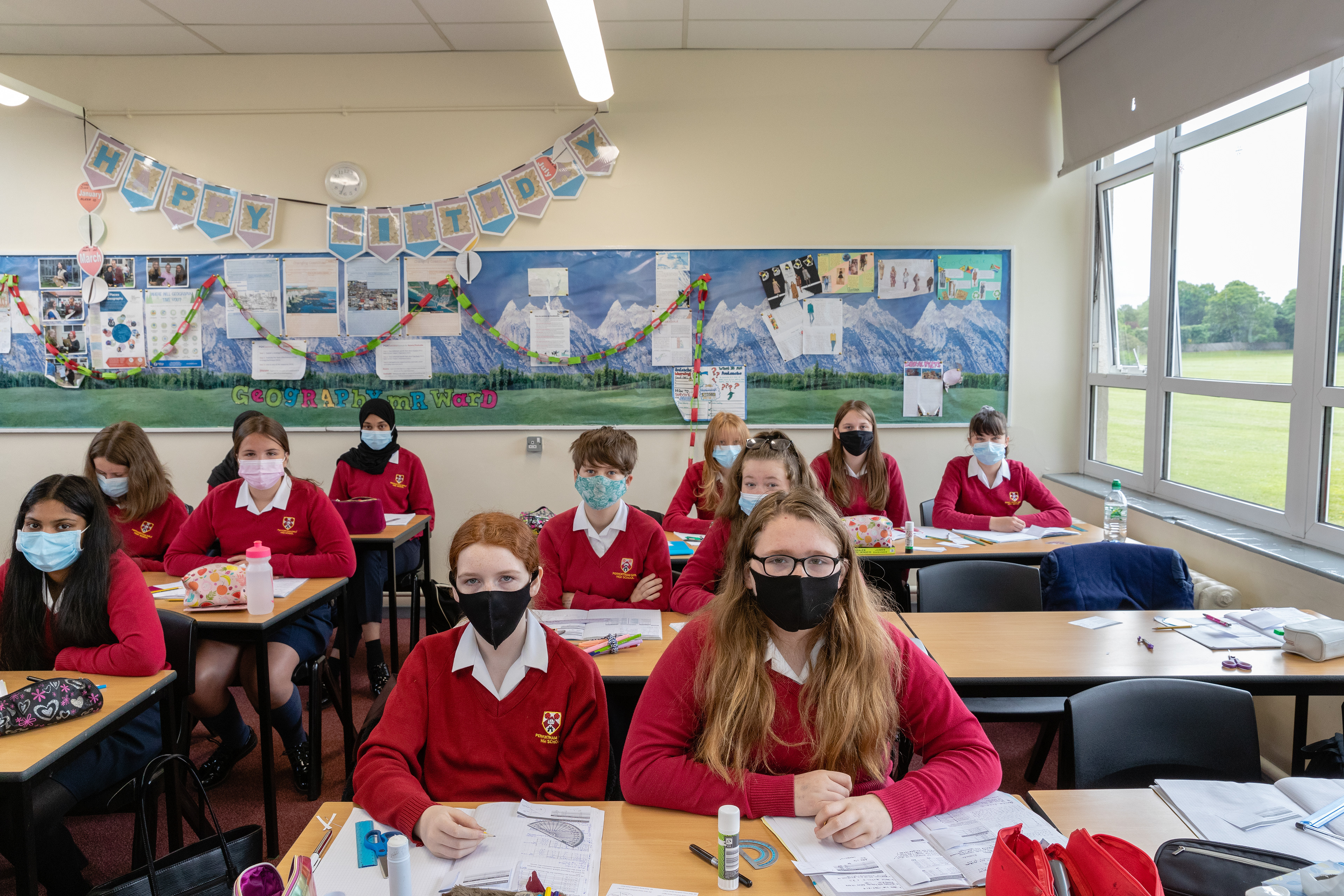
A Year 9 Class in Room 26. 2021.
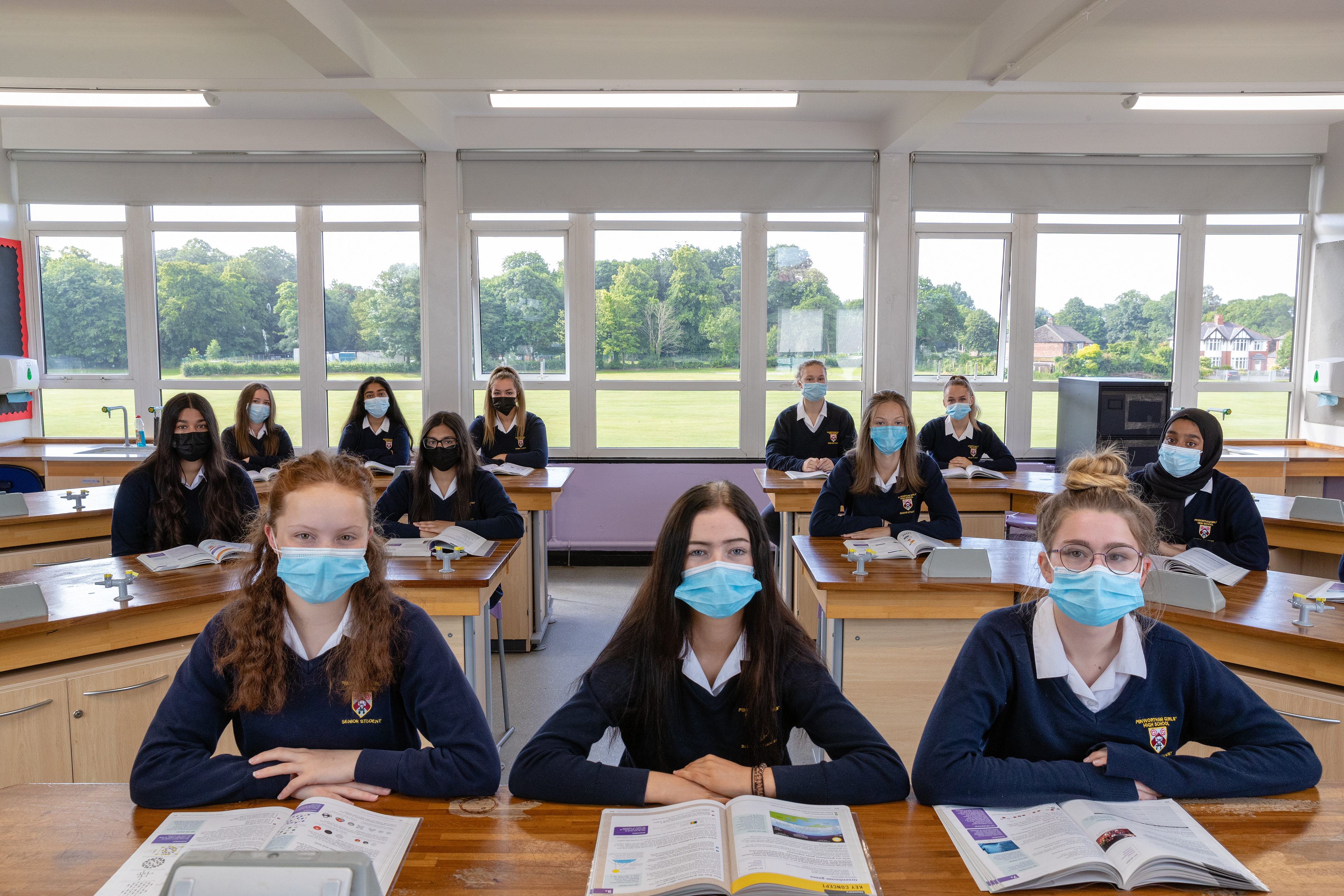

COVID 19 Self-Test (Rapid Antigen Test) Kits Ready To Be Issued to Year 7 Students. 2021.
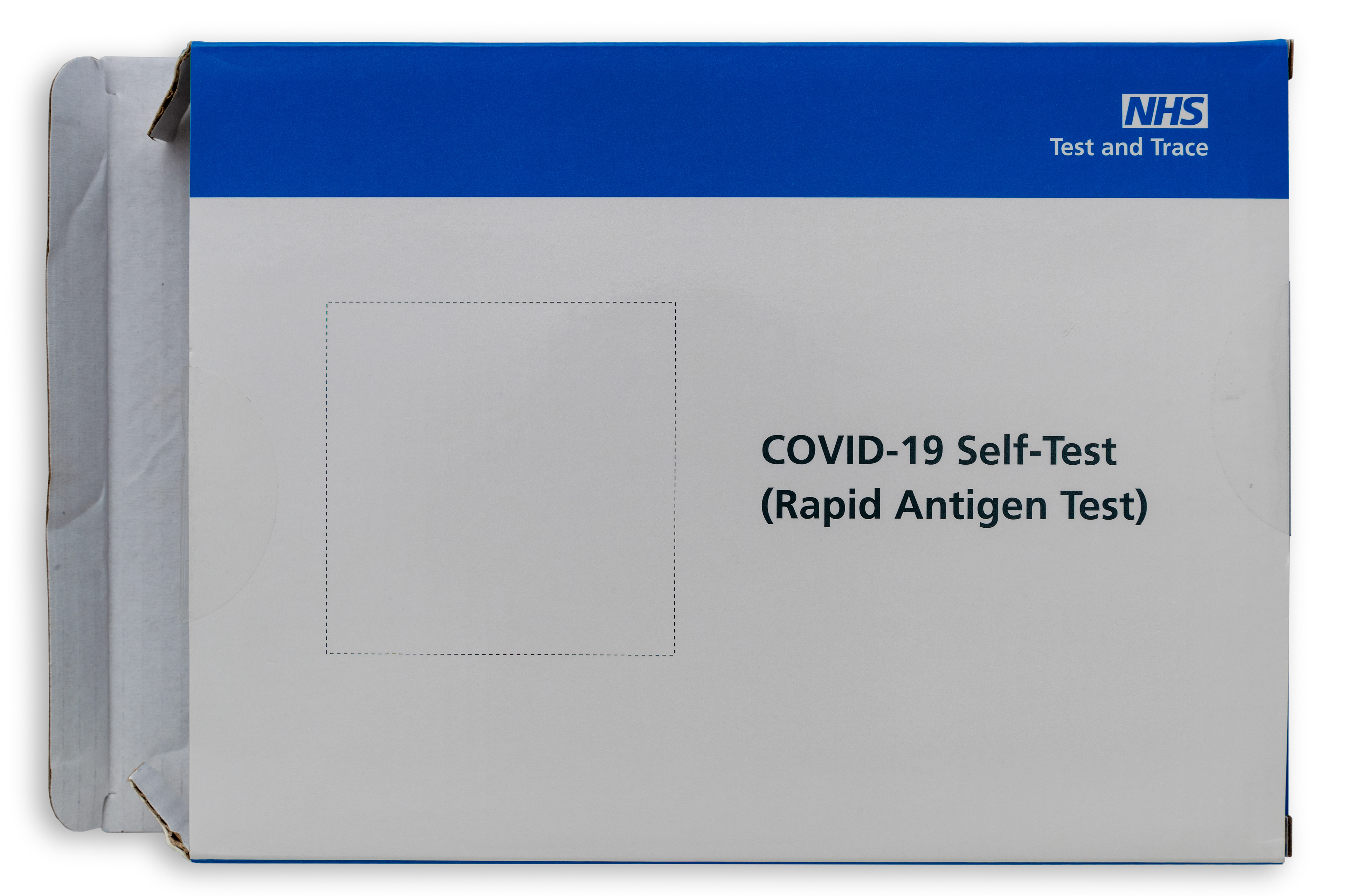

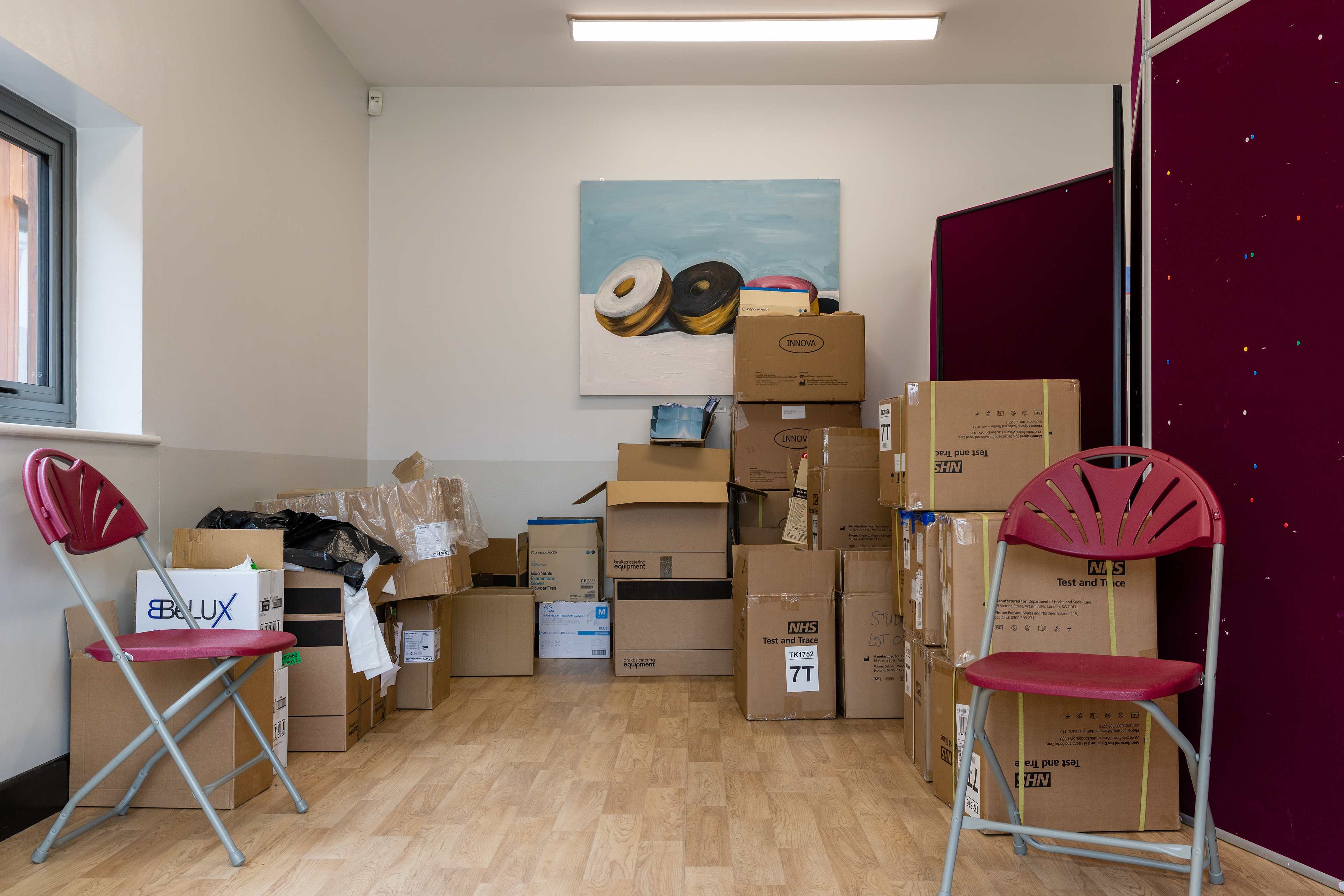
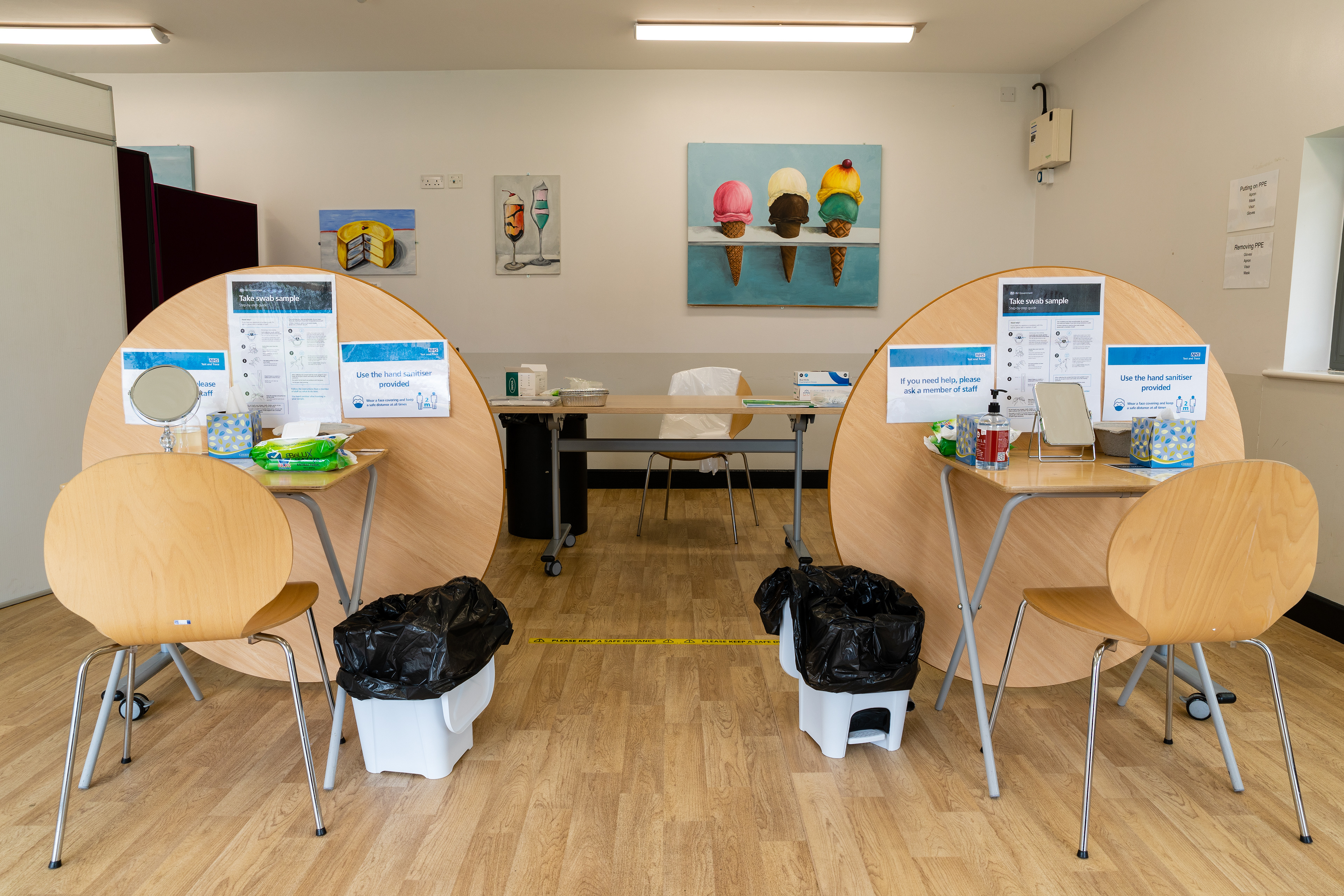
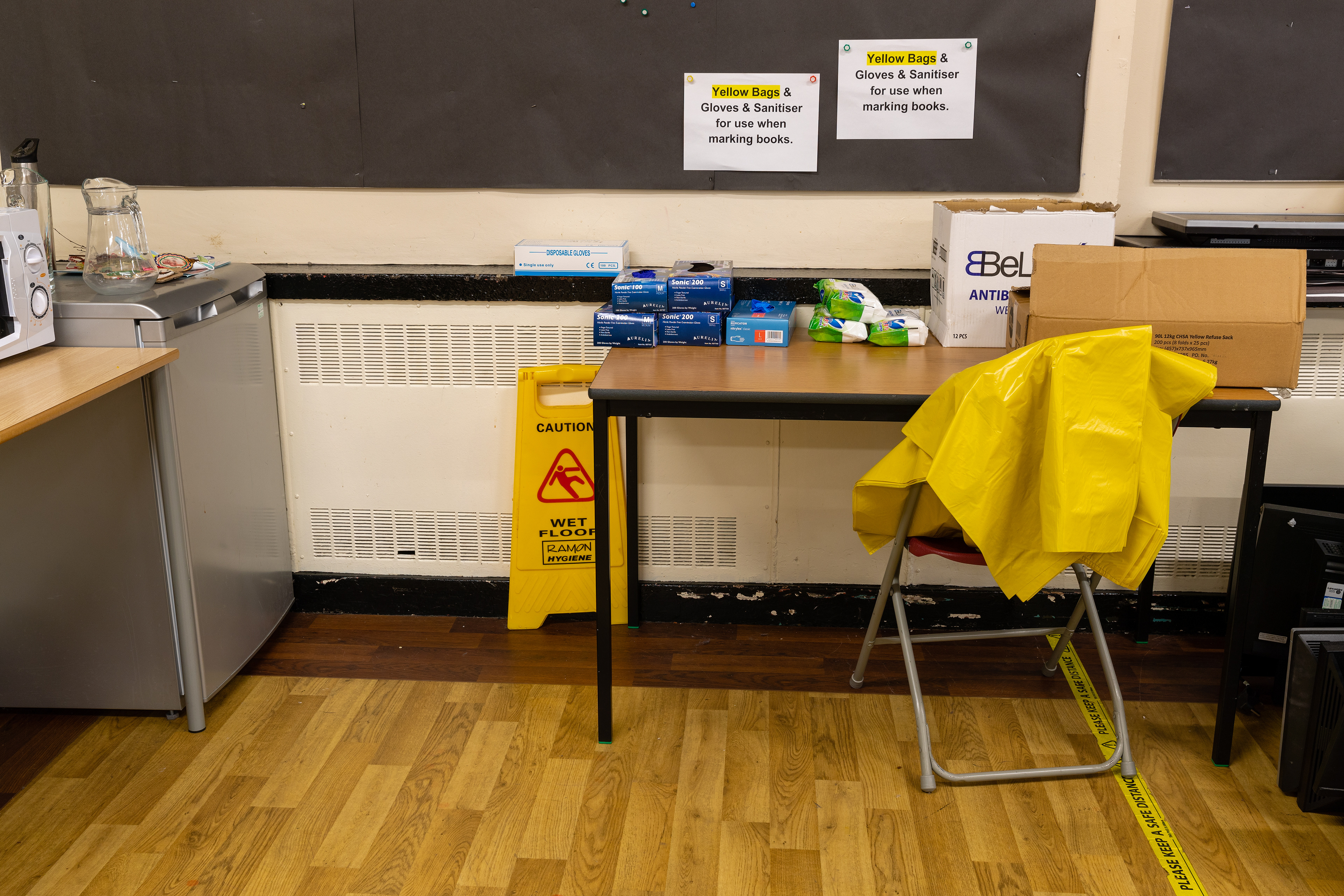

Miss Hasan, Teacher of Mathematics, in Her Classroom. 2021.

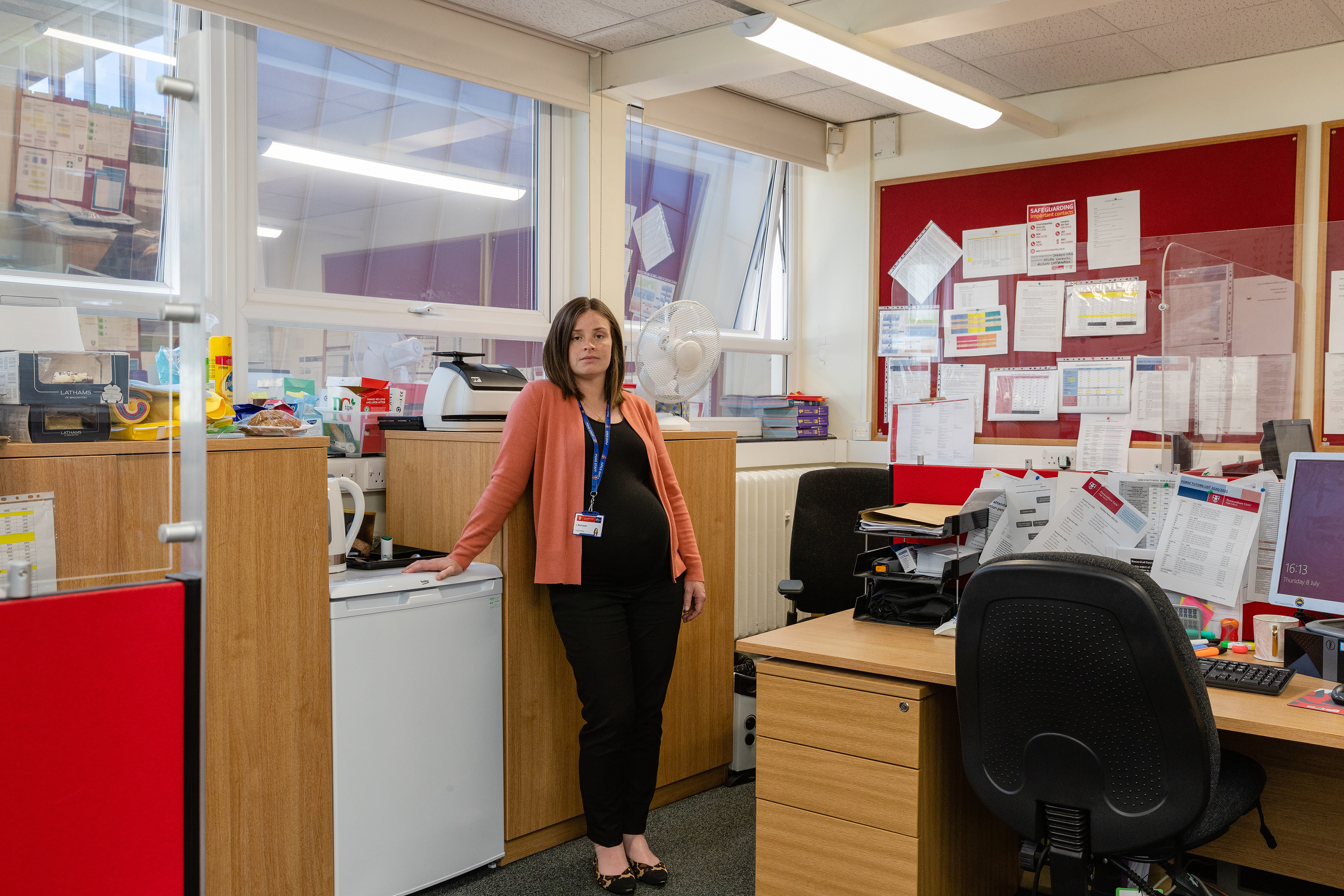
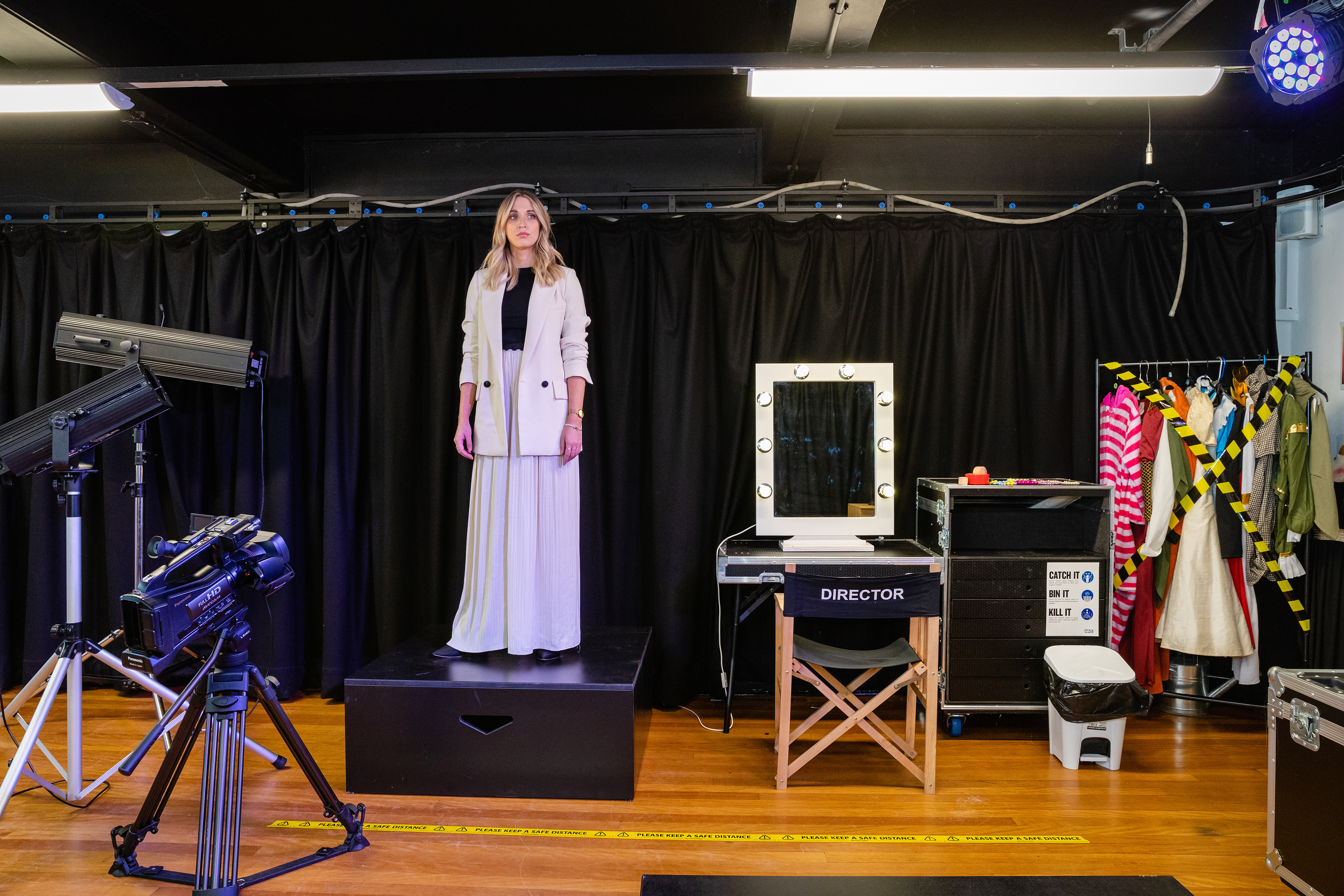

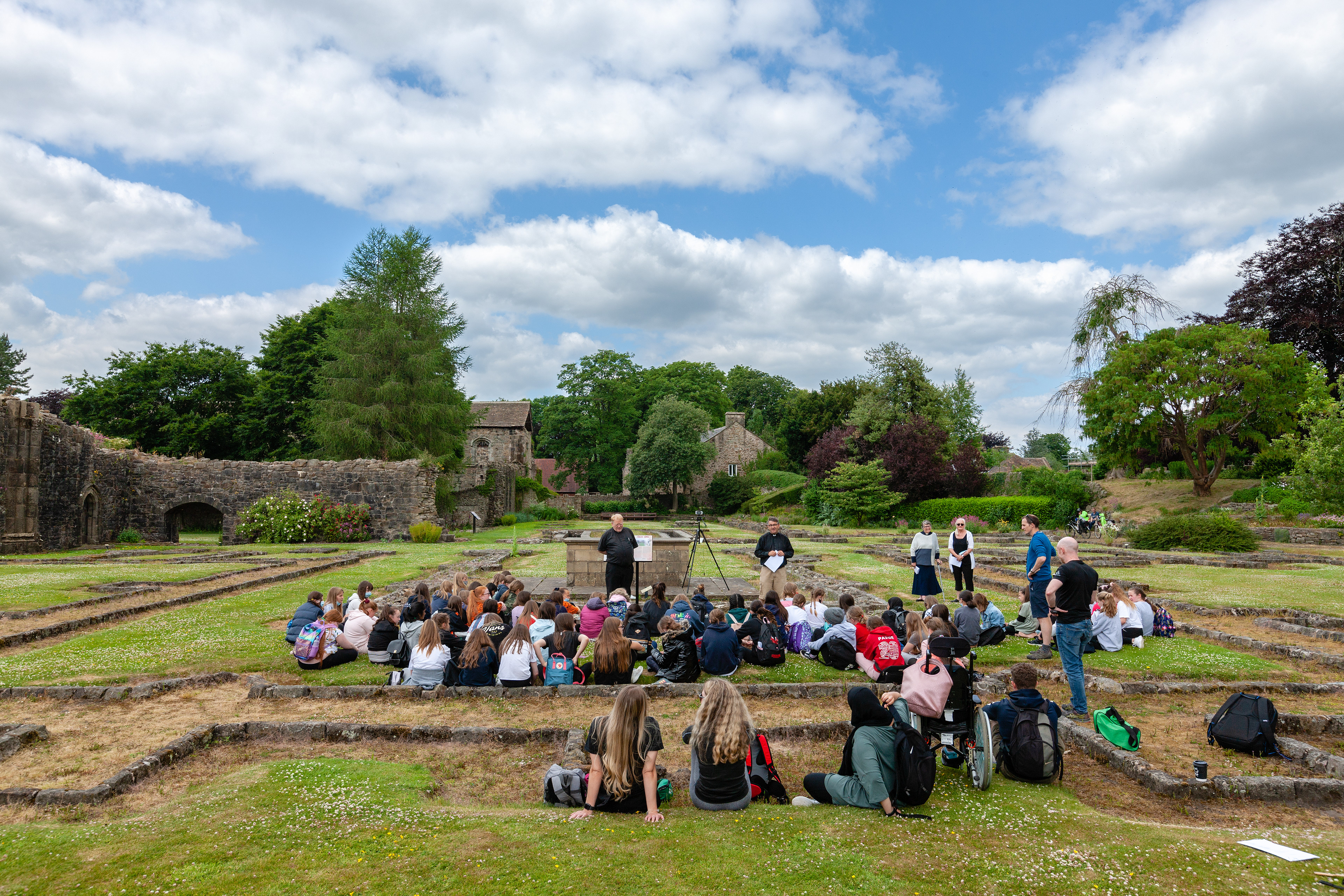
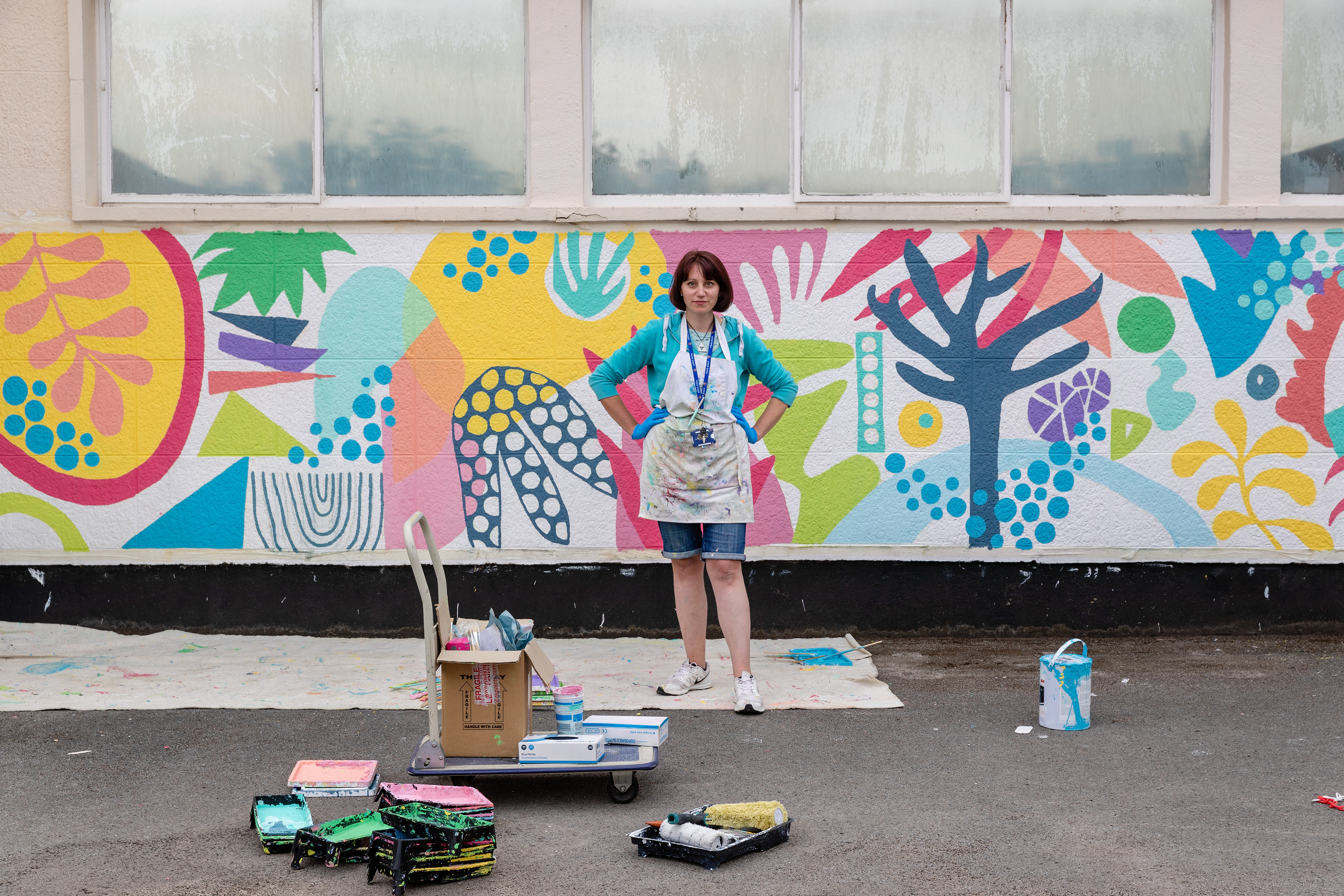
Day Of Hope. 2021.

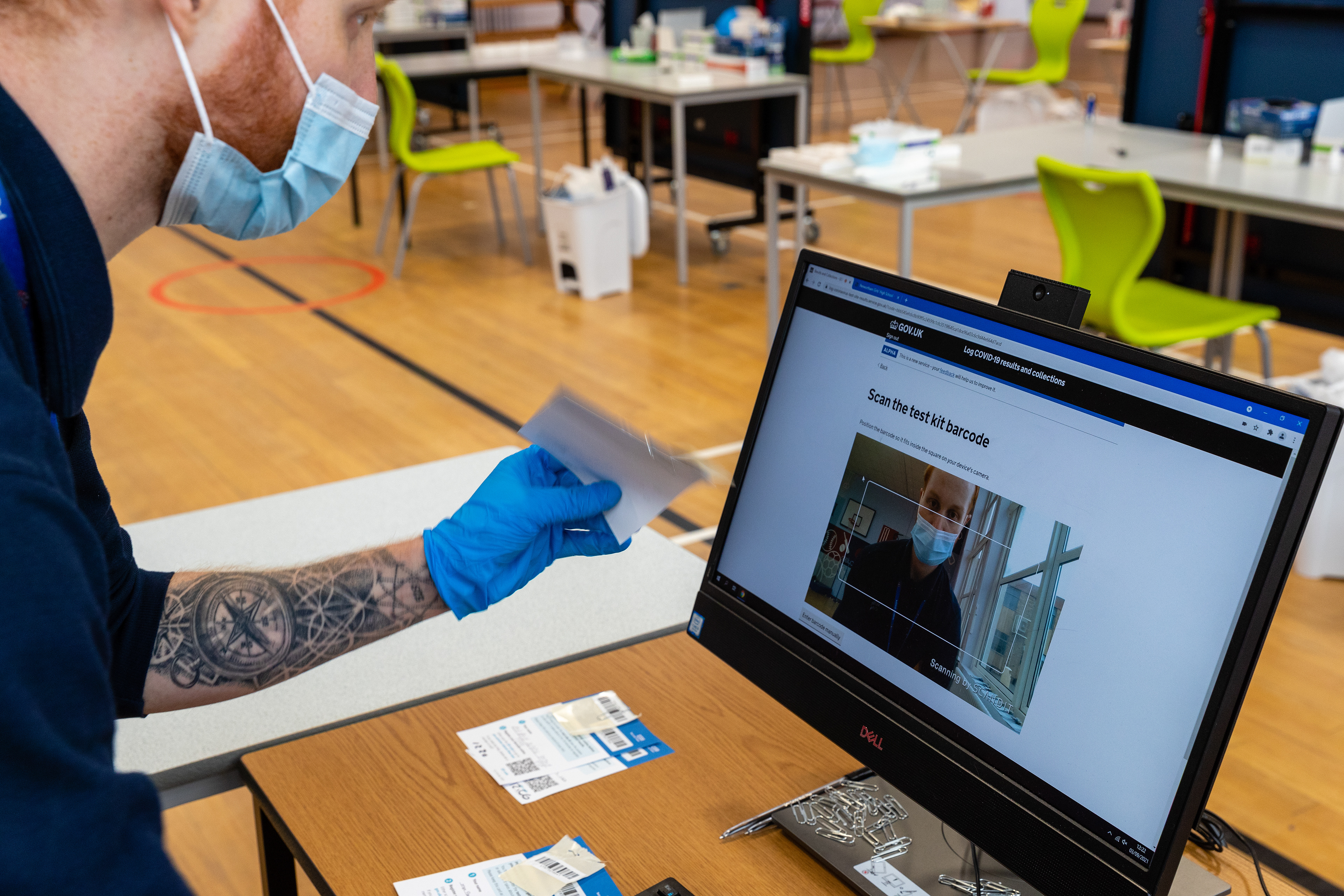
Injection Site of COVID 19 Vaccine. 2021.
Workstation Preparation by NHS Staff on Vaccine Day. 2021.
Preparing To Perform Dilution, the Vial Is Slowly Inverted Ten Times to Thoroughly Mix the Concentrate Solution. 2021.
Performing the Dilution of Concentrated Pfizer-BioNTech COVID-19 Vaccine Using Aseptic Technique on Vaccine Day. 2021.
After the Diluted Vaccine Is Checked for Discolouration and Particulates, the Time and Date of Expiry Is Calculated and Written on the Vial Label; The Expiry Is Six Hours From the Point of Dilution but the Vial Should Be Used as Soon as Practically Possible. 2021.
NHS Workstation on Vaccine Day. 2021.
Diluted Pfizer-BioNTech COVID-19 Vaccine Vials X 1, 1ml Syringe With Integrated 23g X 25mm Needle X 6, Label Showing the Time and Date of Expiry; The Withdrawal of 0.3mL Full Dose Vaccine Can Be Repeated To Produce a Total of Six Syringes. Excess Volume Is Discarded and Reported on Foundary. 2021.




A NHS Nurse Tends to a Group of Children Who Are Waiting Fifteen Minutes After Vaccination in the Event of a Serious Allergic Reaction to the COVID-19 Vaccine. Crash Mats Are Laid Out in Preparation. 2021.
Waste Disposal After Mass Testing. 2022.
A Carbon Dioxide Monitor in Room 22. 2021.
Mrs Khanji at the End of Invigilating the Year 11 Mock Examinations. 2021.
© BBC
Miss Mooney, Admin Officer, at Her Desk. 2022.
Mrs Kenyon, Office Manager and Headteacher's PA, at Her Desk. 2022.
Mrs Pomeroy, Headteacher, Is Interviewed by BBC News Producer and Presenter Nazia Mogra. 2022.
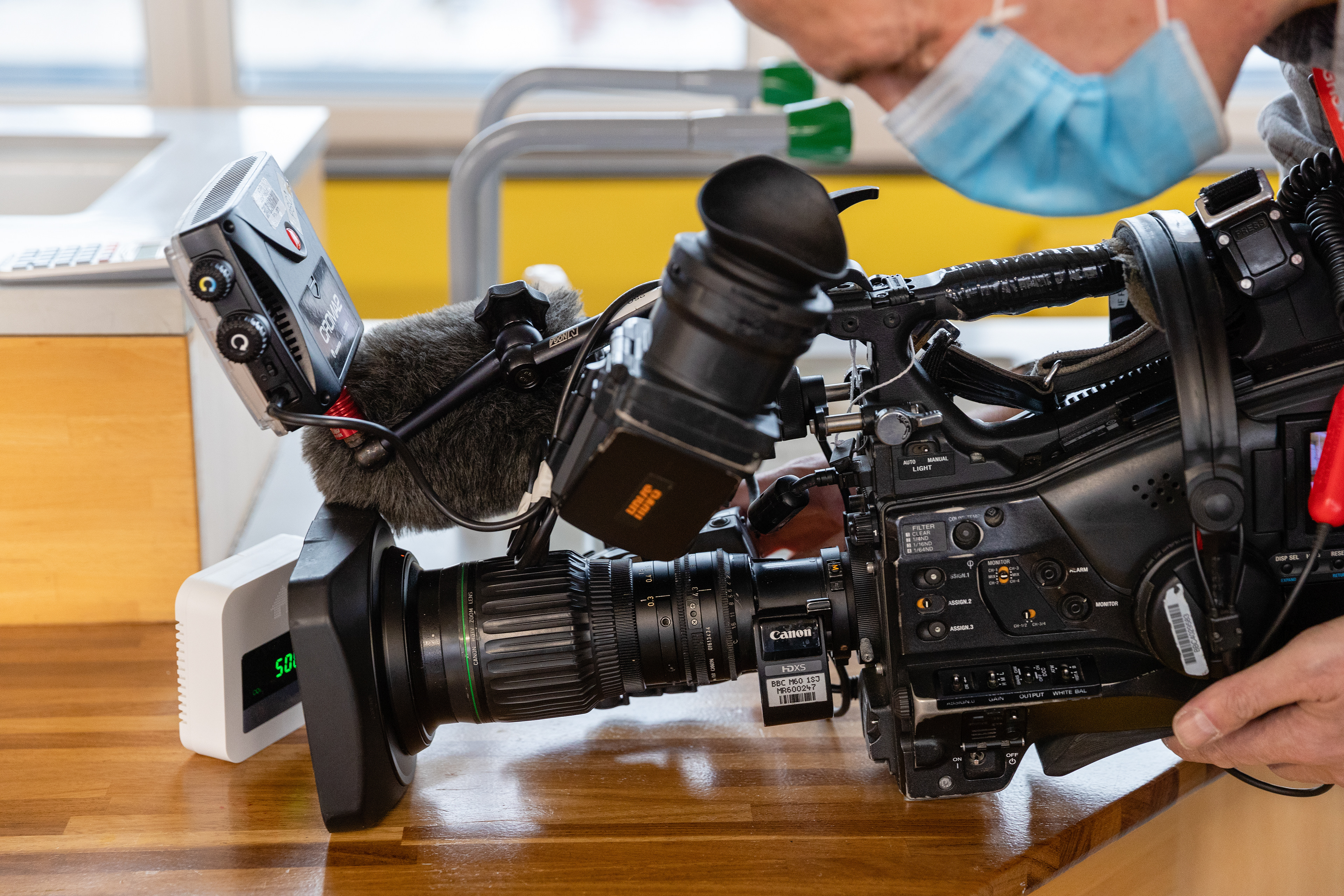
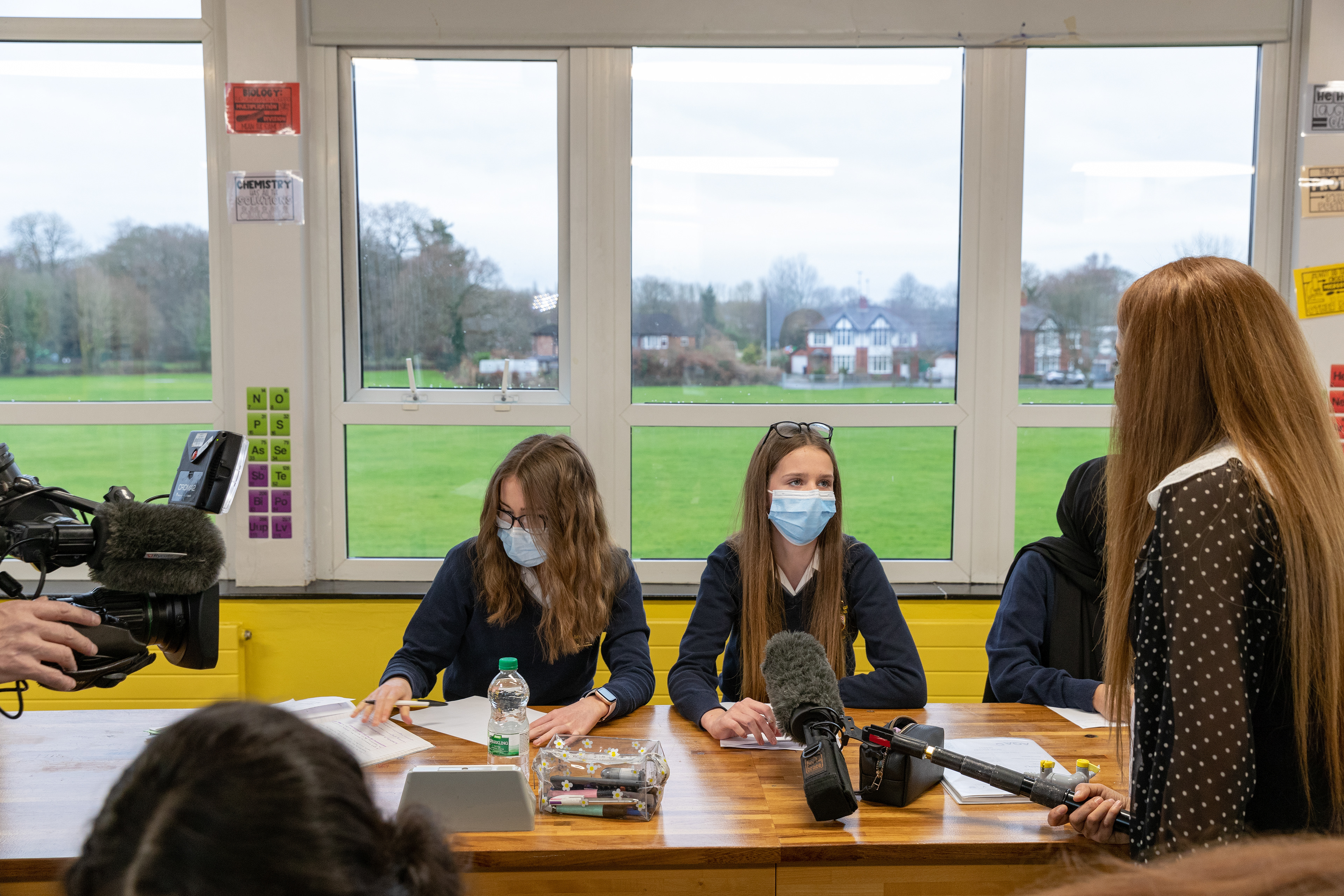
Richard Pearson, BBC Senior Camera Operator, Films Christine Cleaning Surfaces. 2022.
Mr O'Neill, Premises Consultant, Is Interviewed by BBC News Producer and Presenter Nazia Mogra. 2022.
Miss Starkie, Teacher of English, in Her Classroom. 2021.
Miss Brooks, Teacher of Religious Studies, in Her Classroom. 2022.
Jim Wilkinson. 2022.
Year 11 Student Leadership. 2022.
Malakhiyah. 2022.
Year 11 Leavers Assembly. 2022.
SOS. 2022.
The Cast and Crew of The Sound of Music Production. 2022.
Mr Turner. 2022.